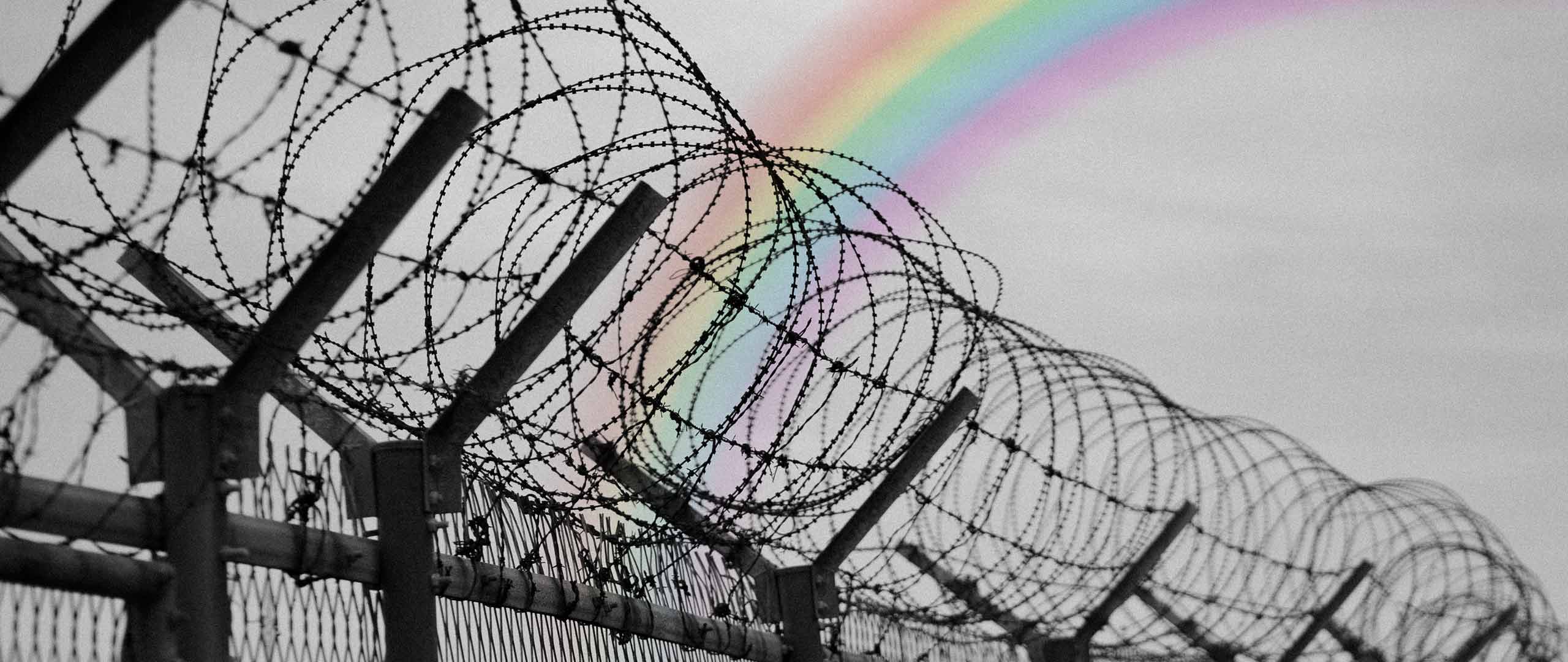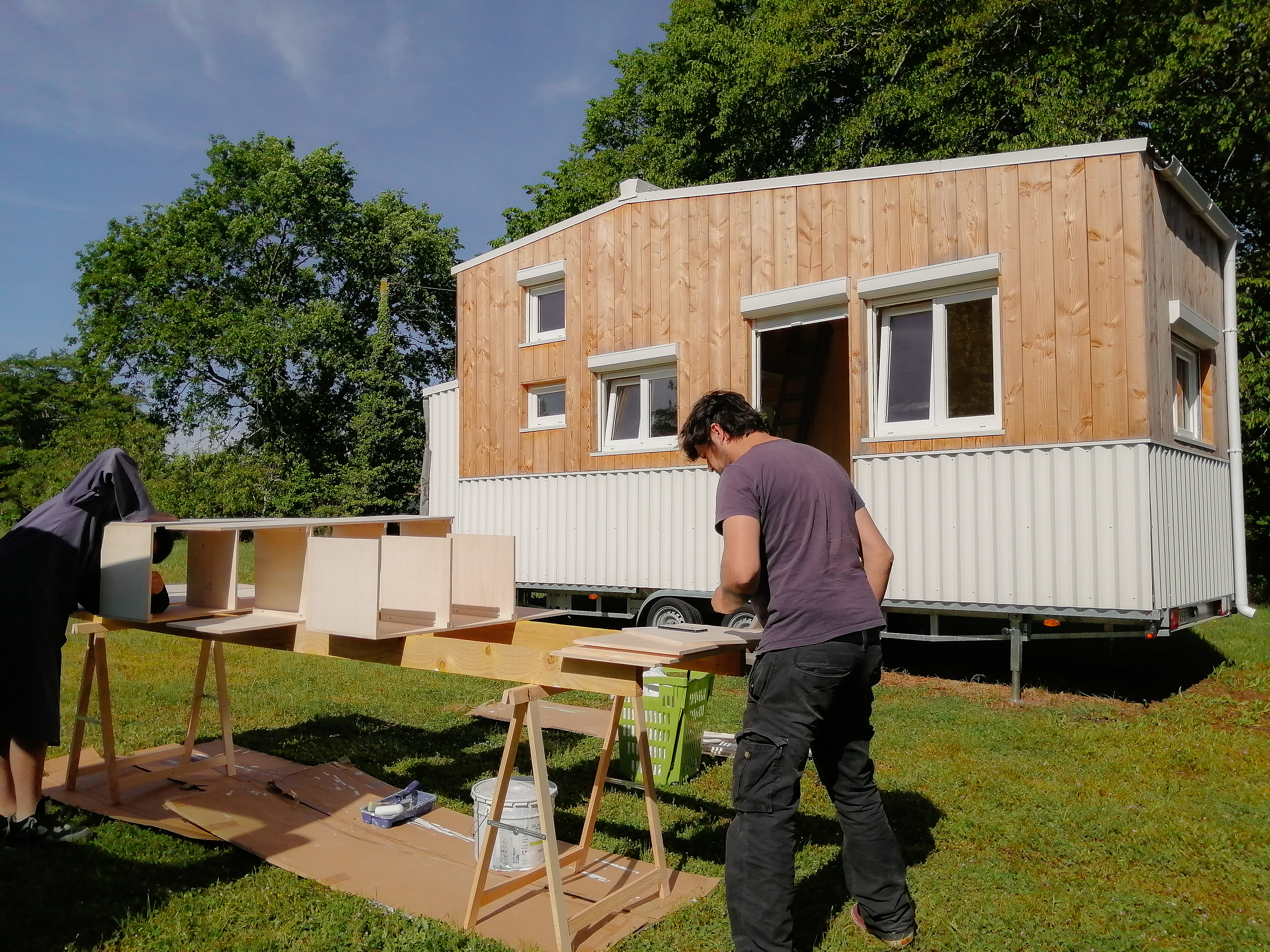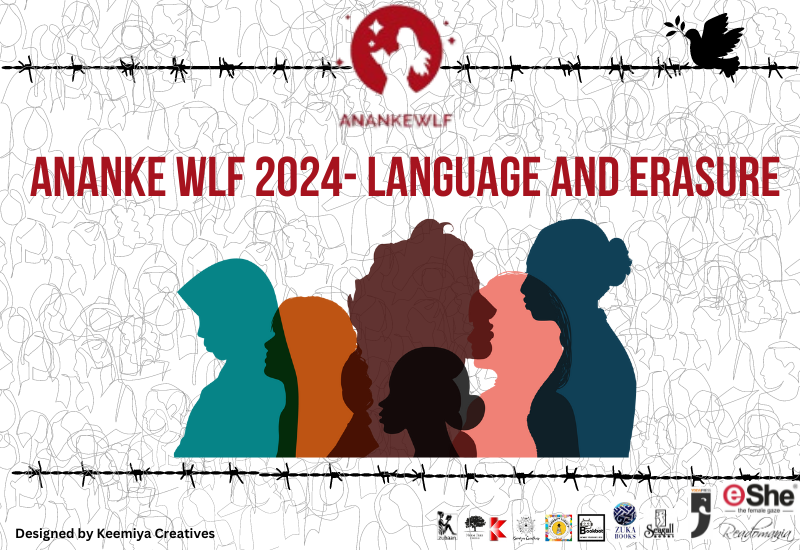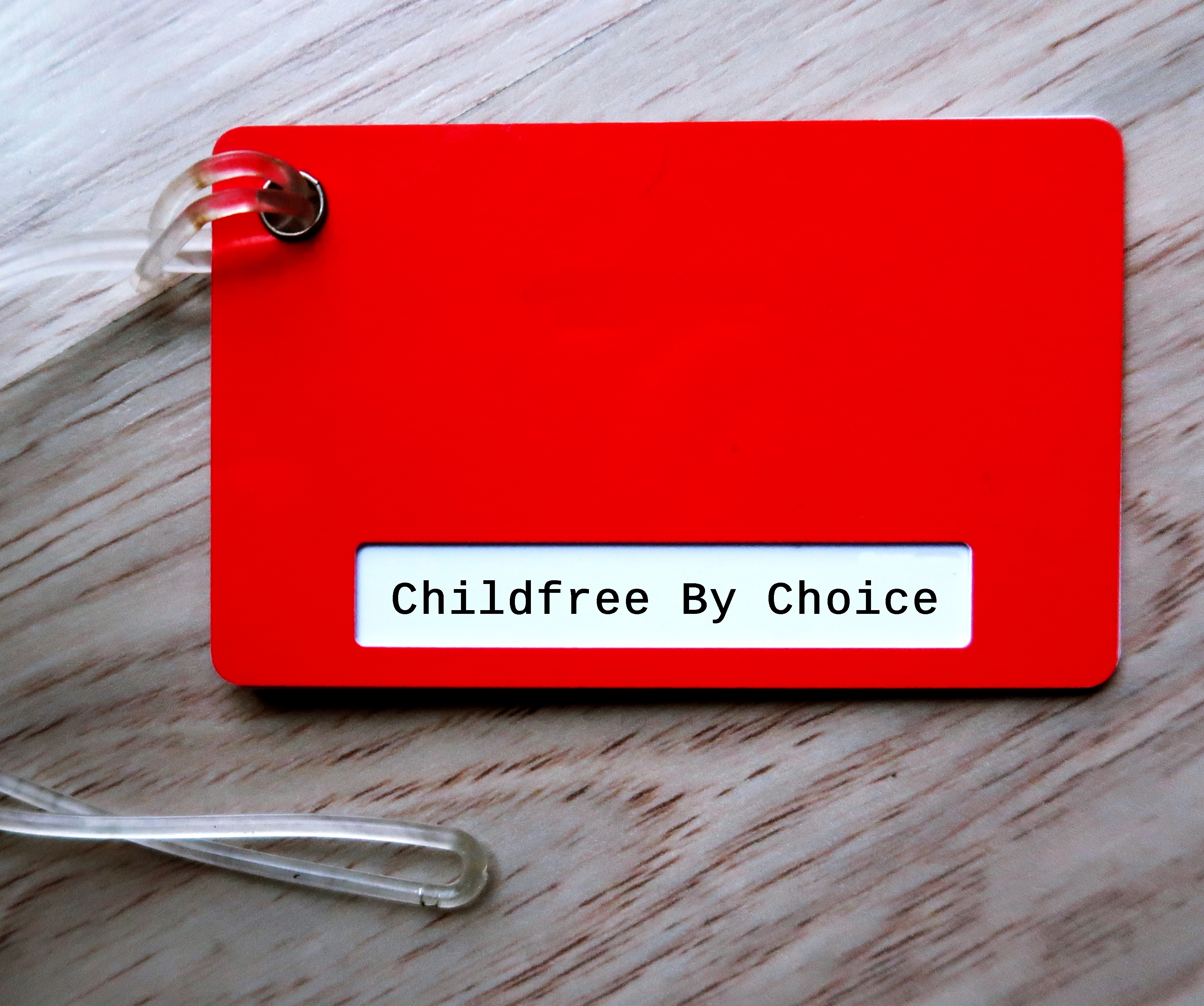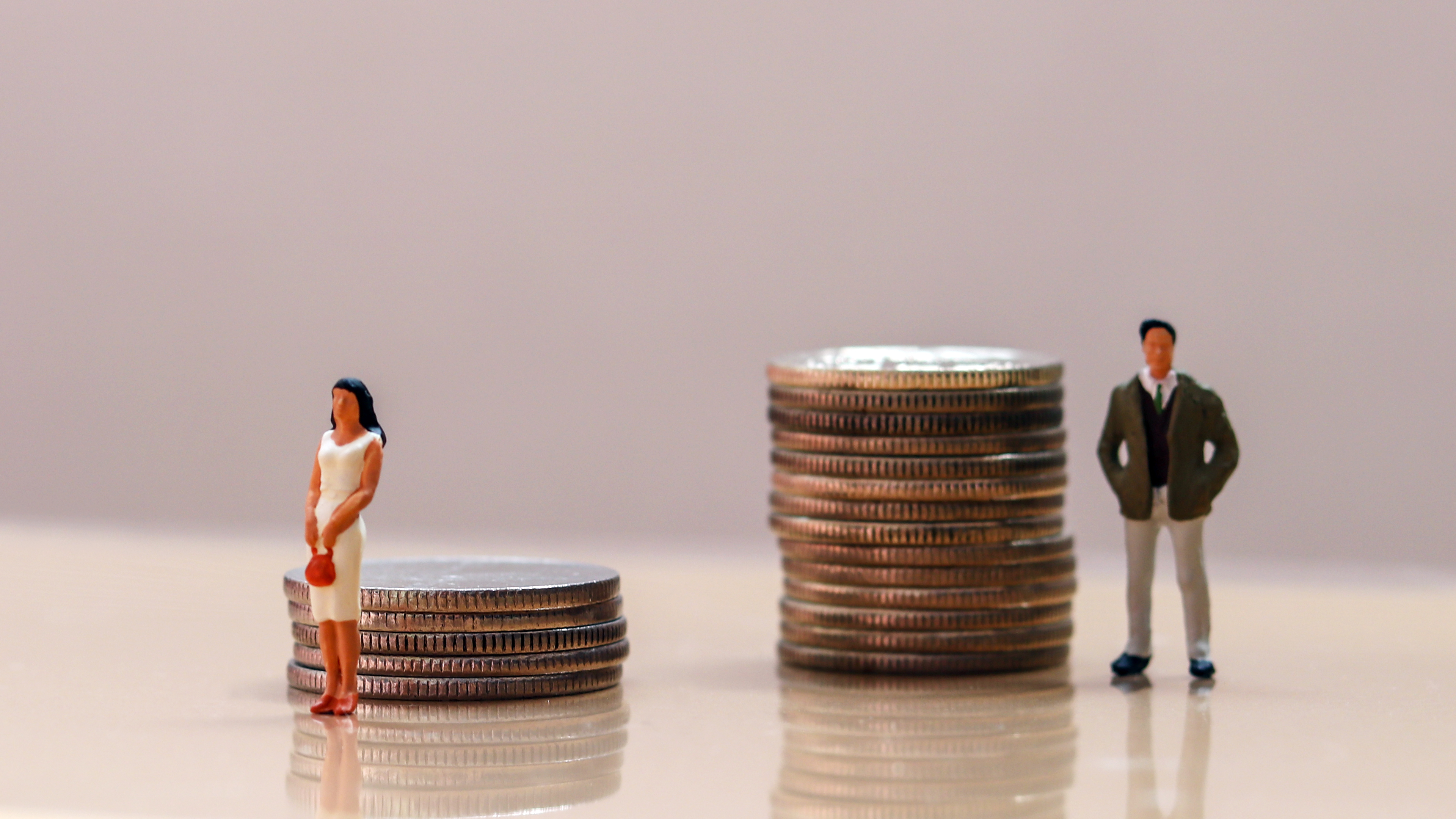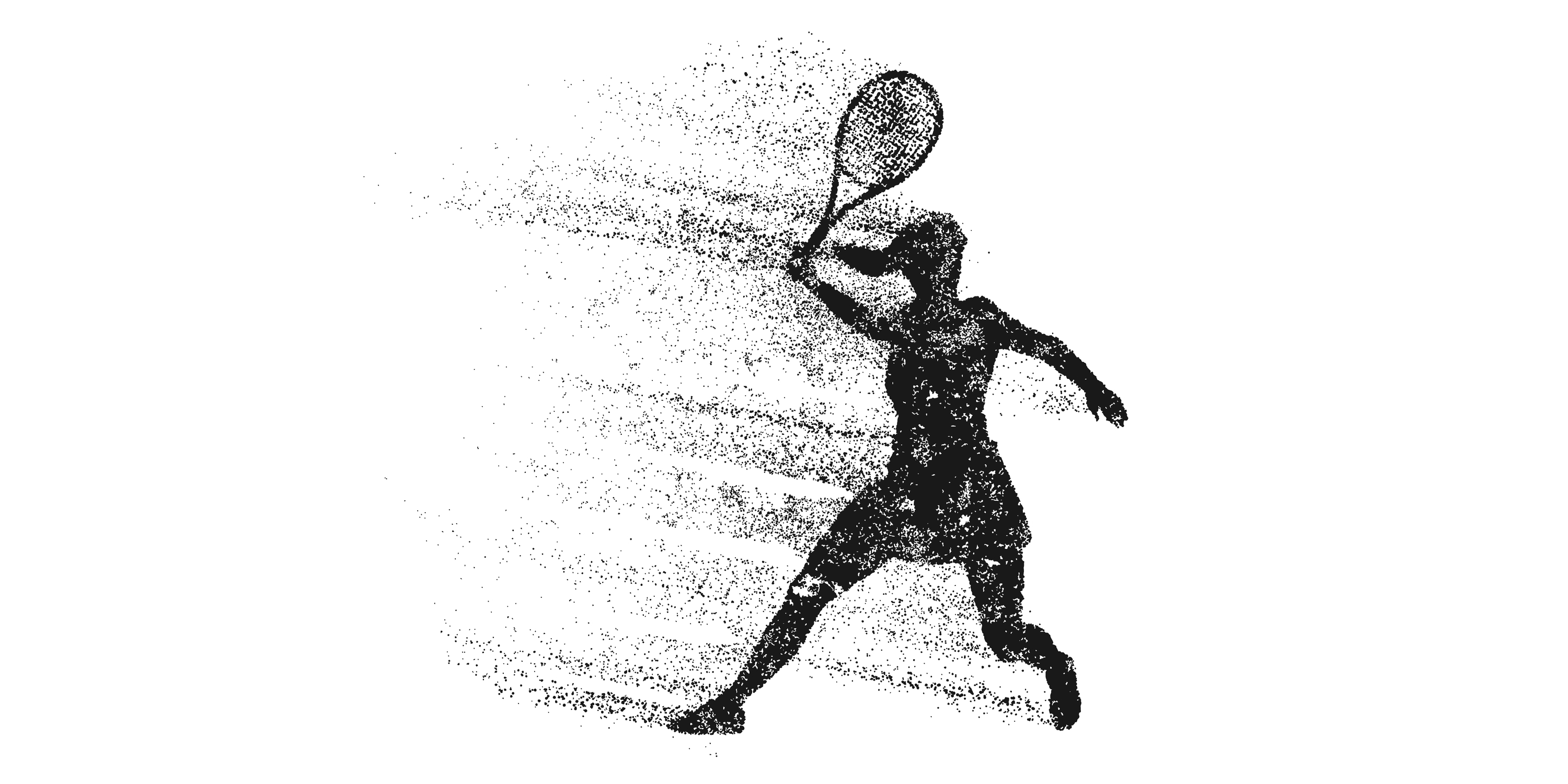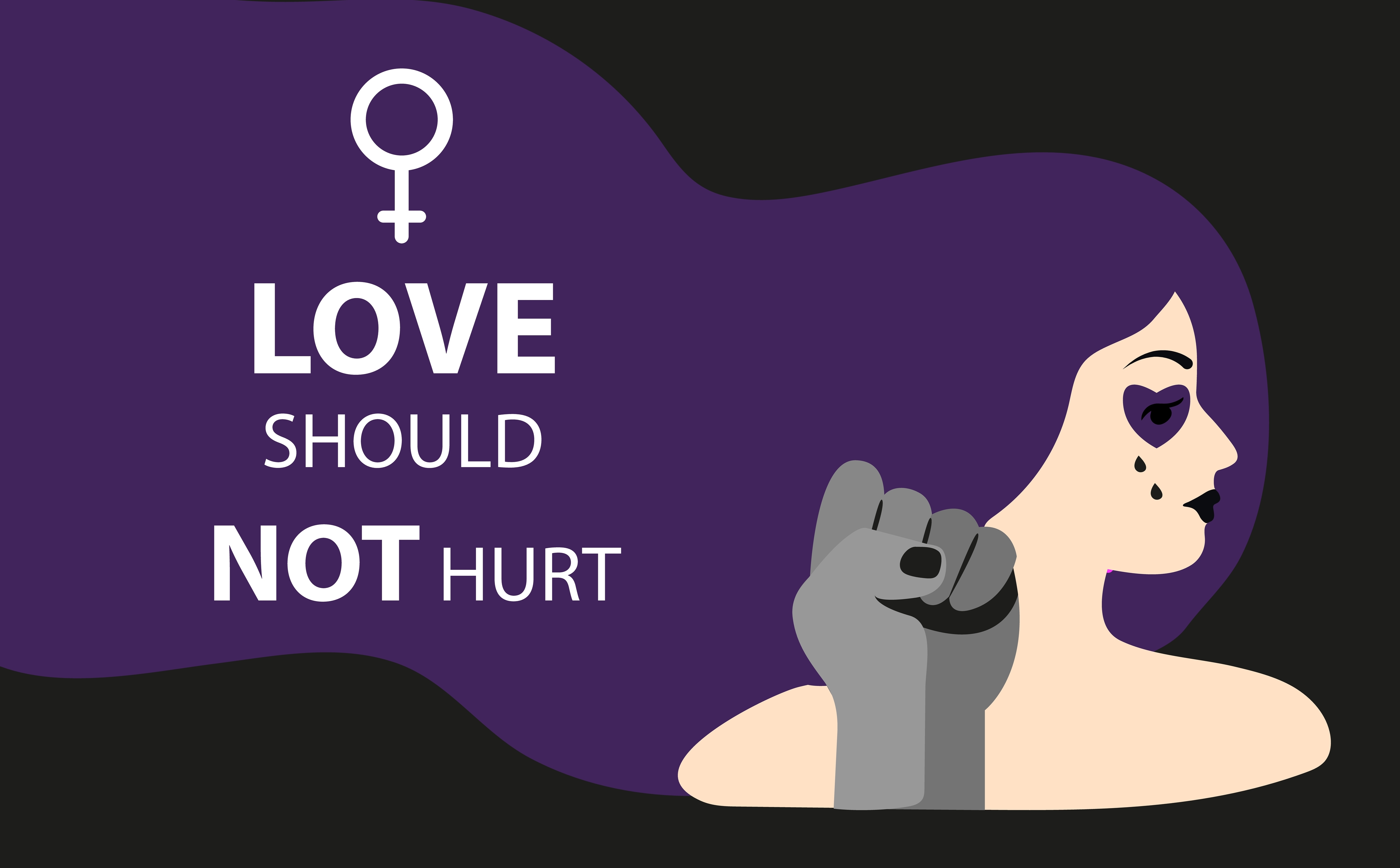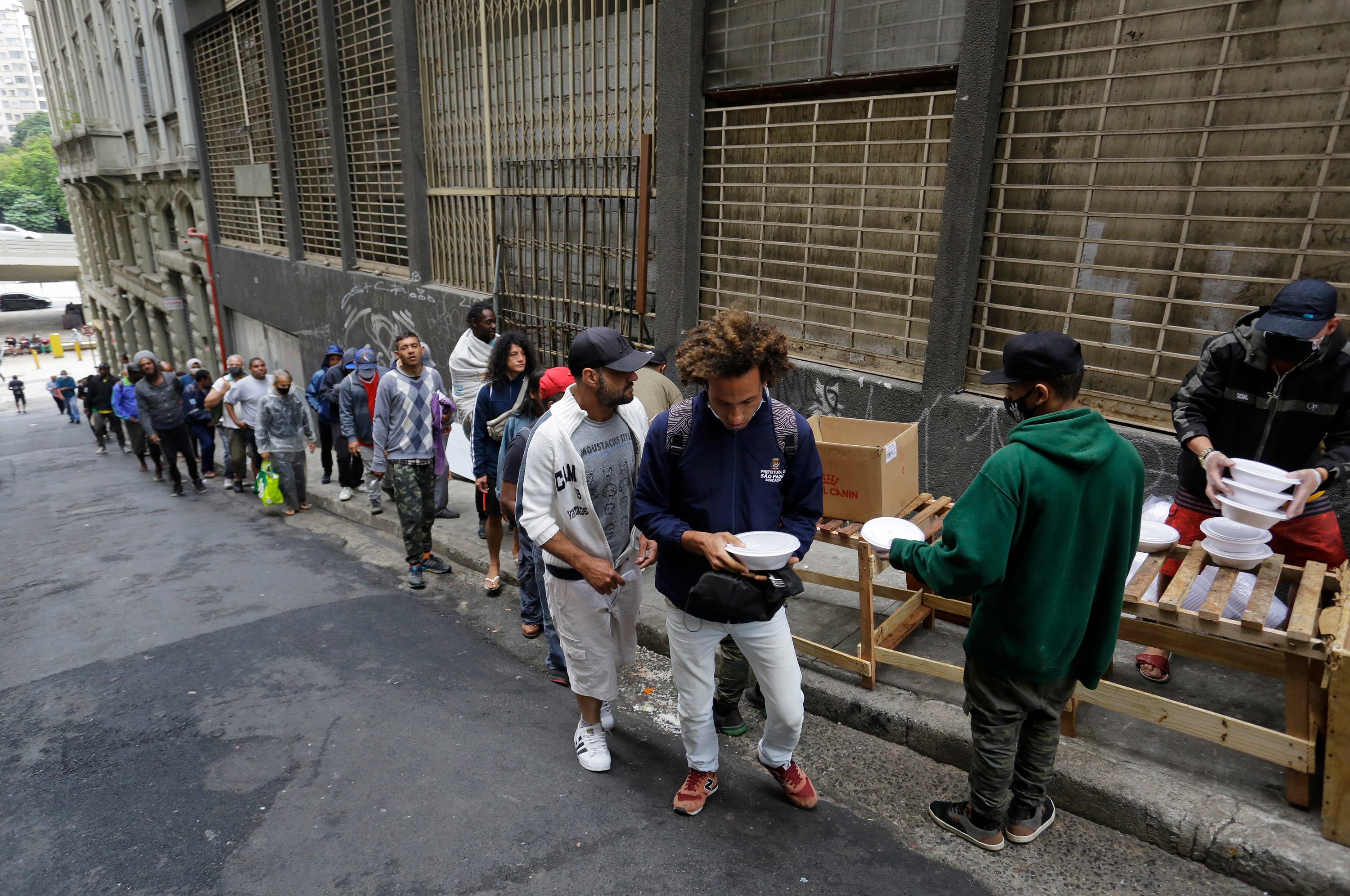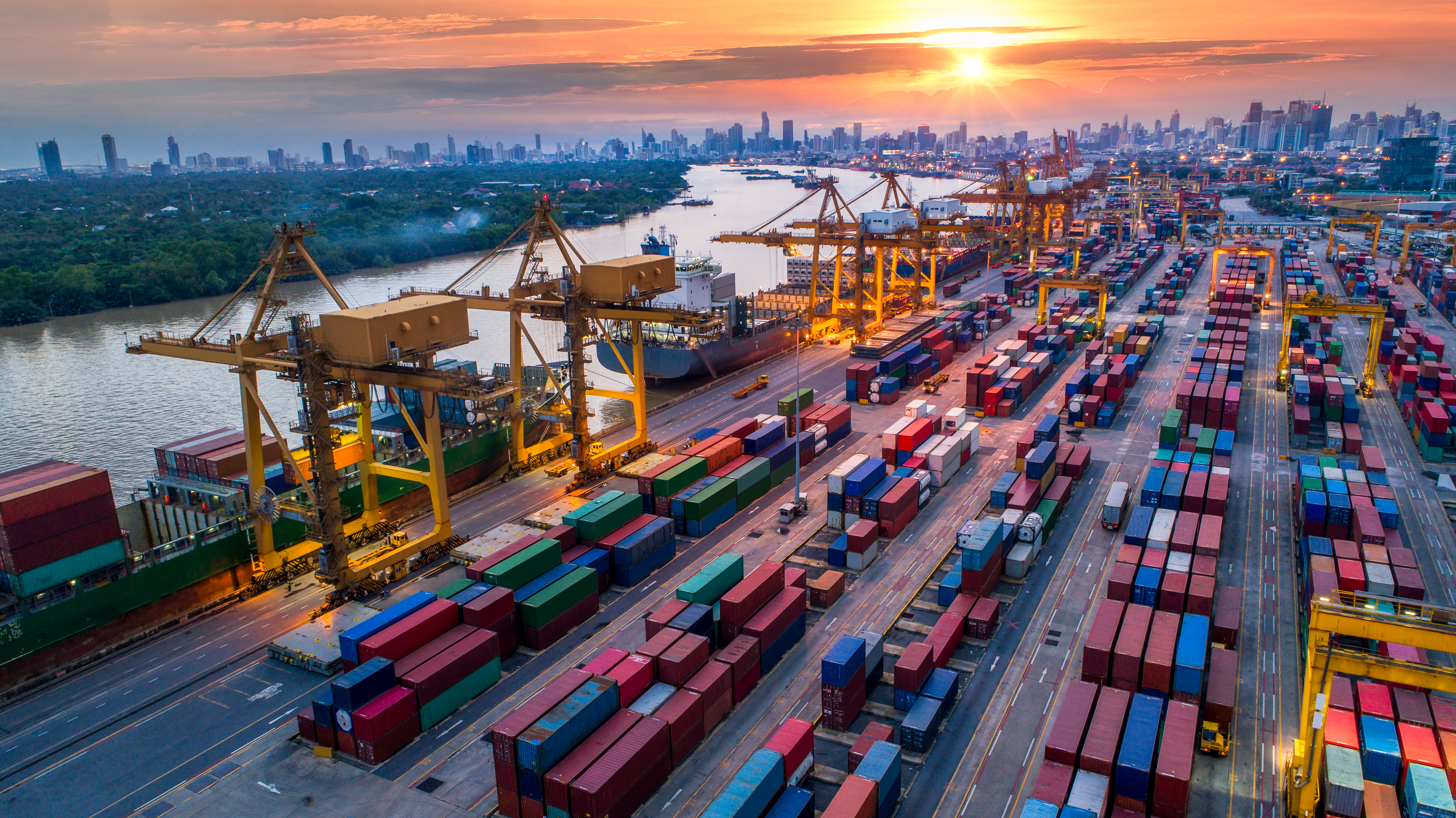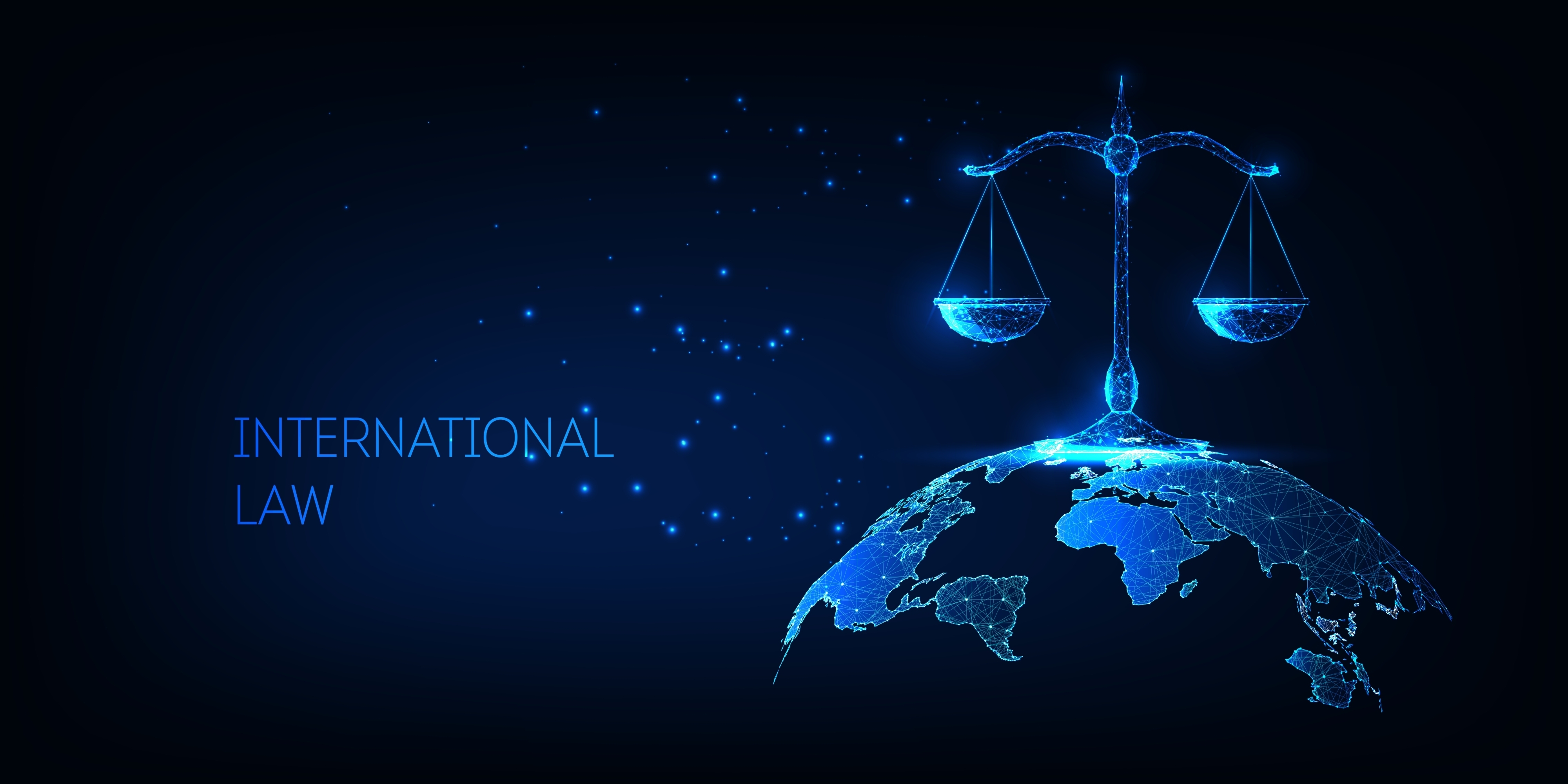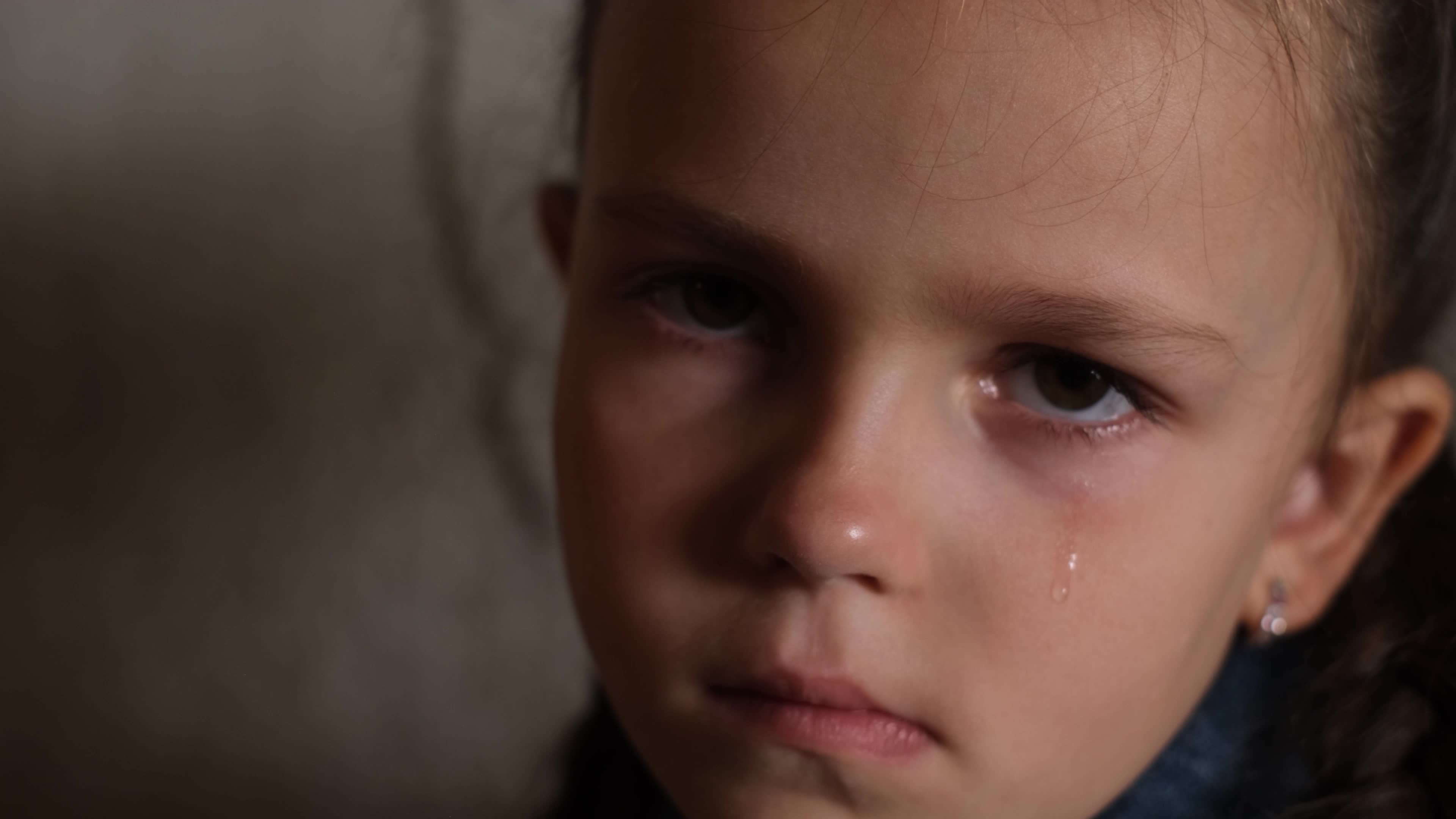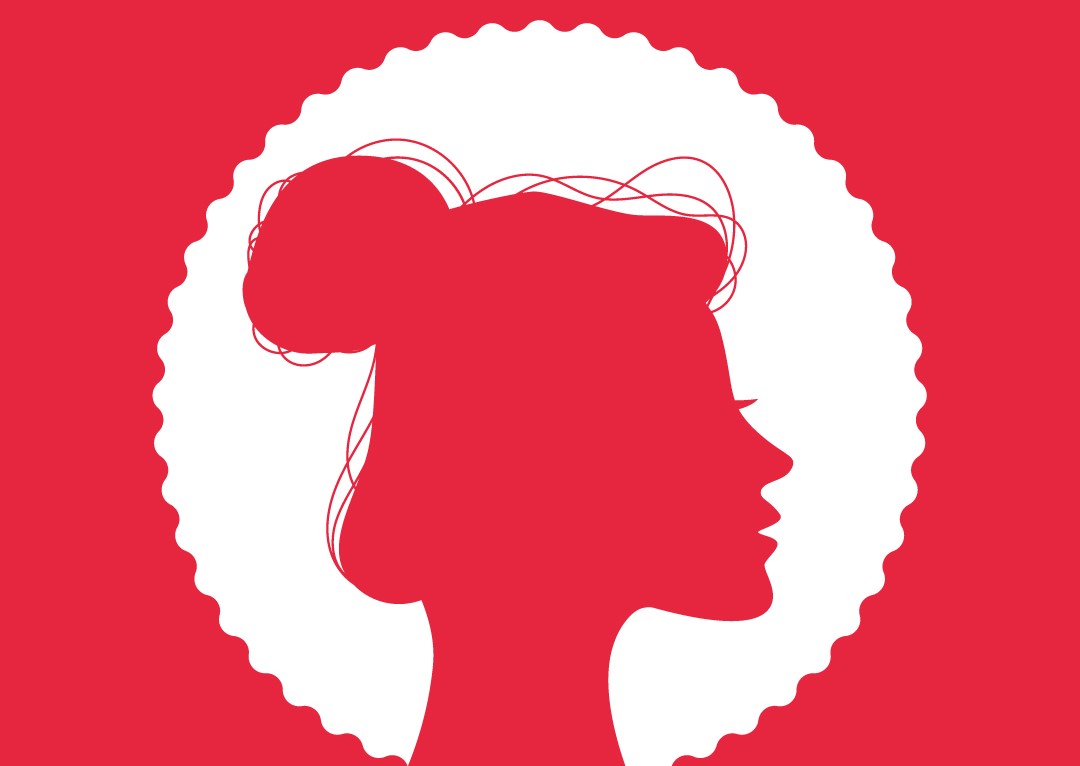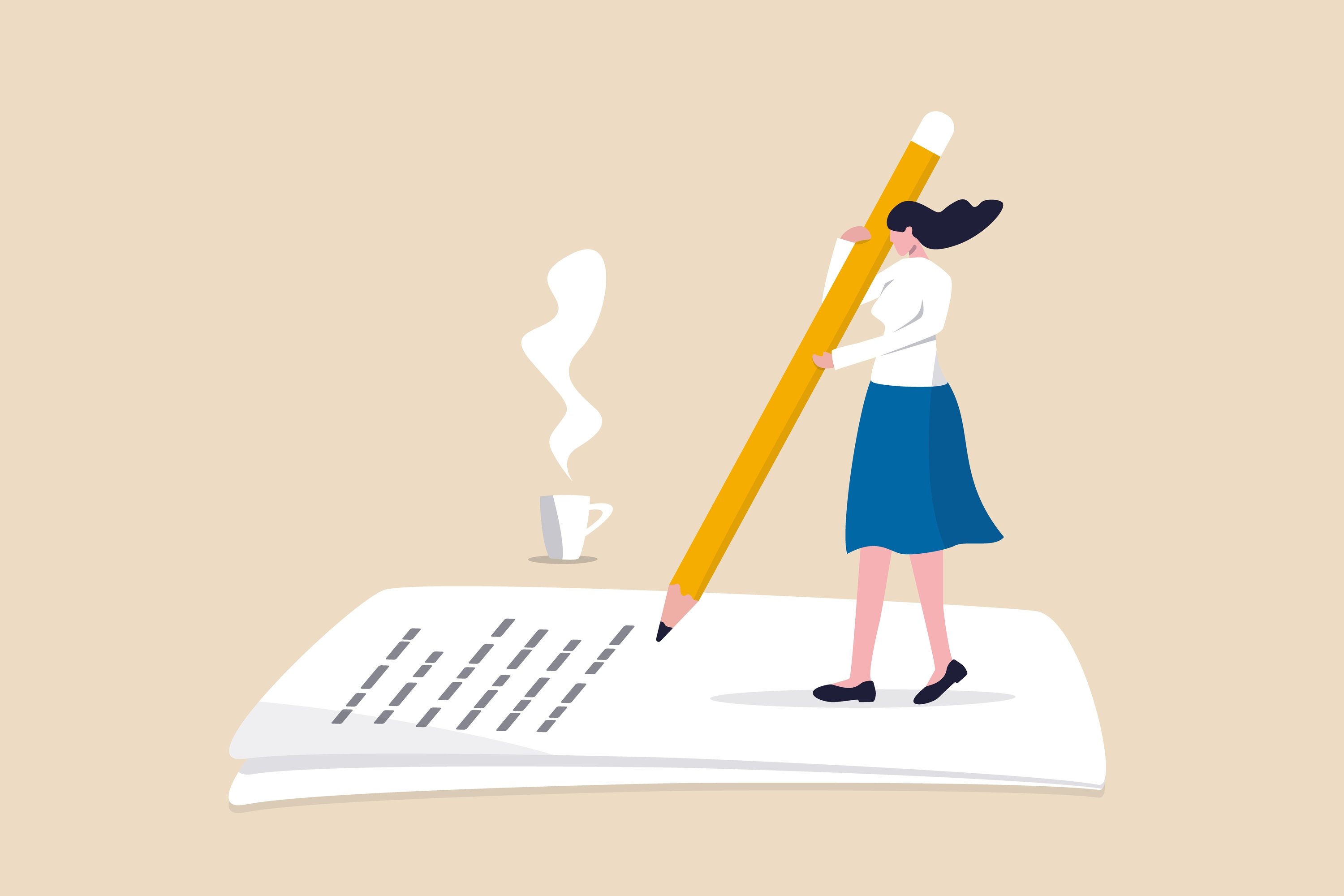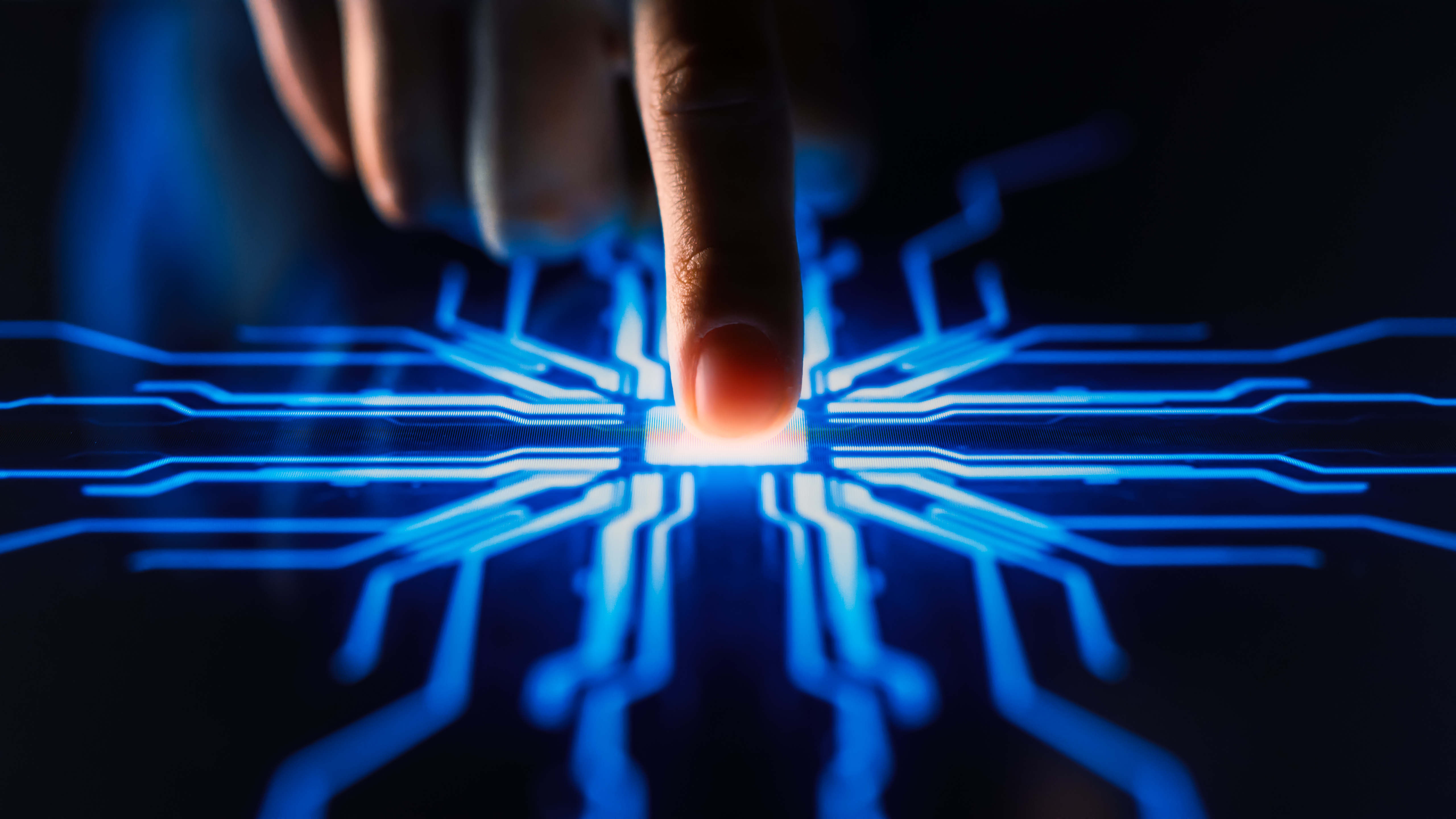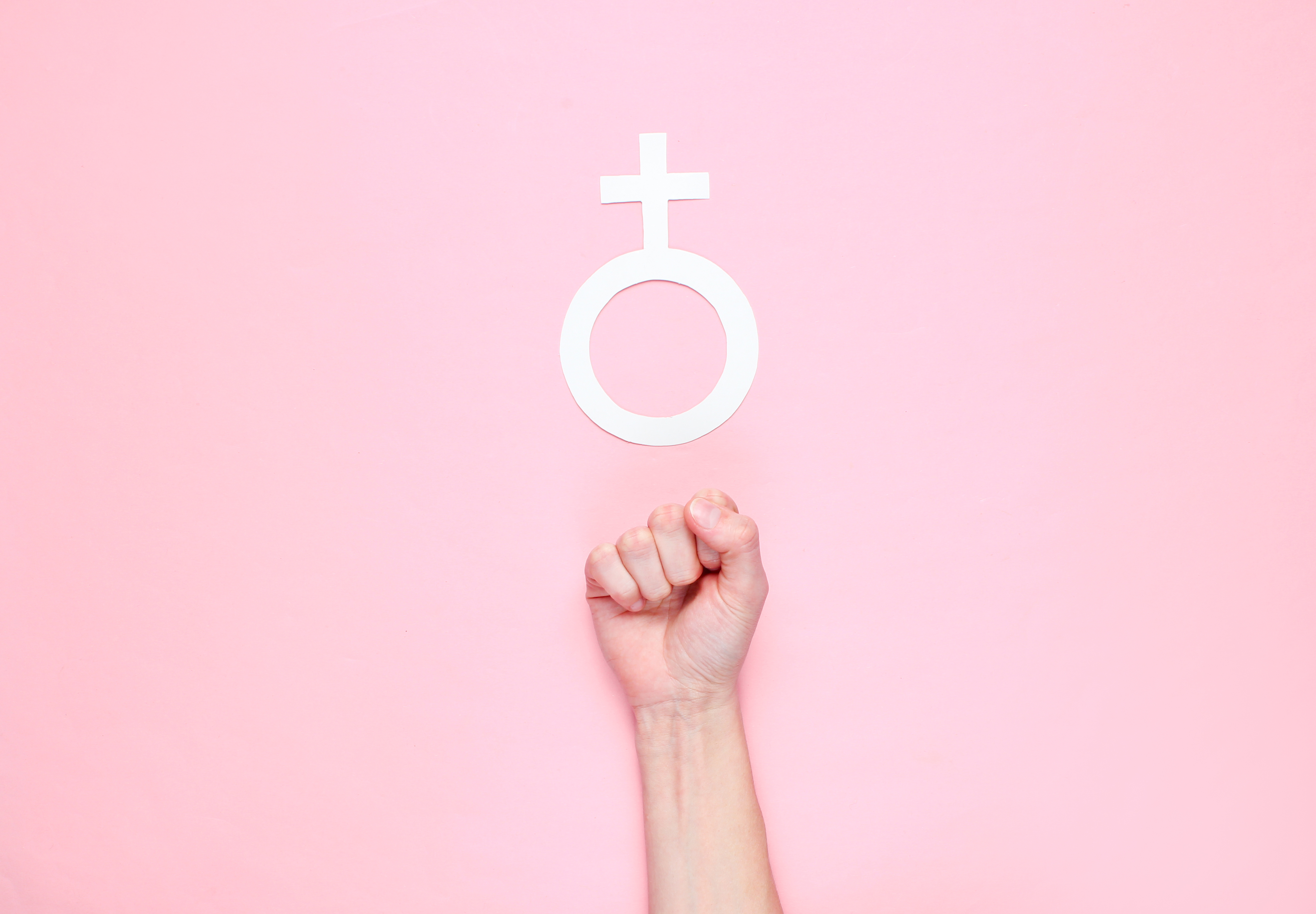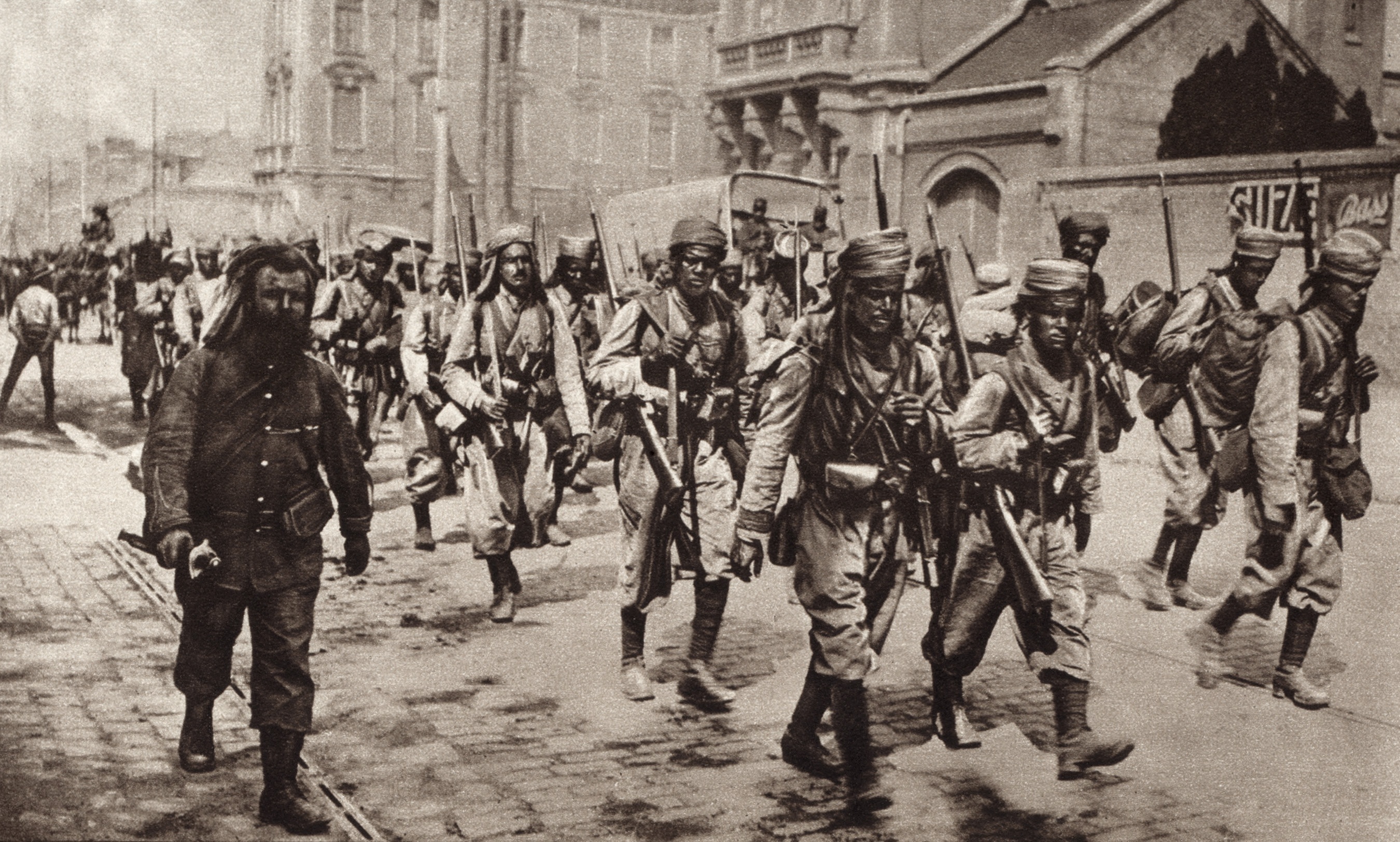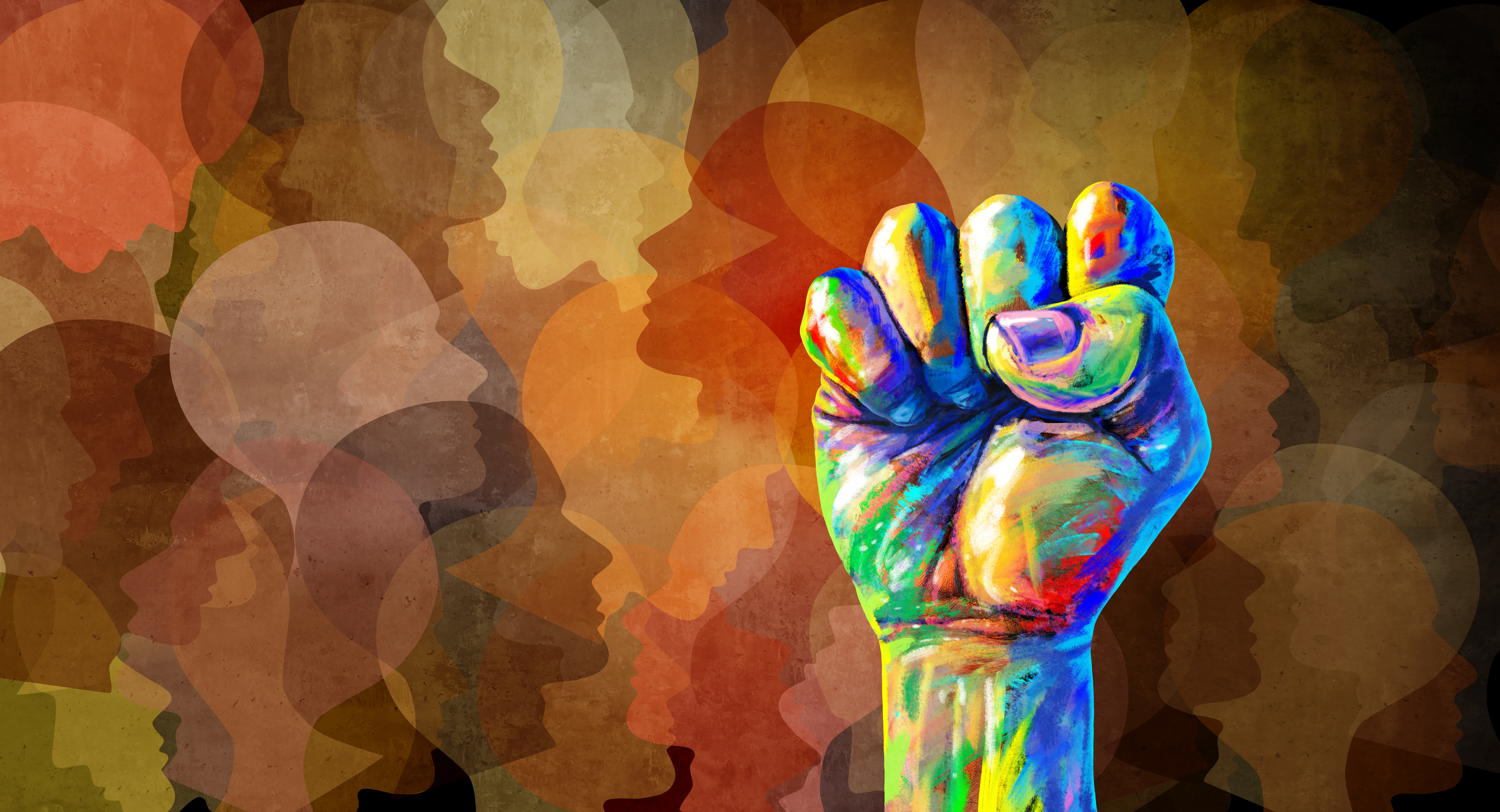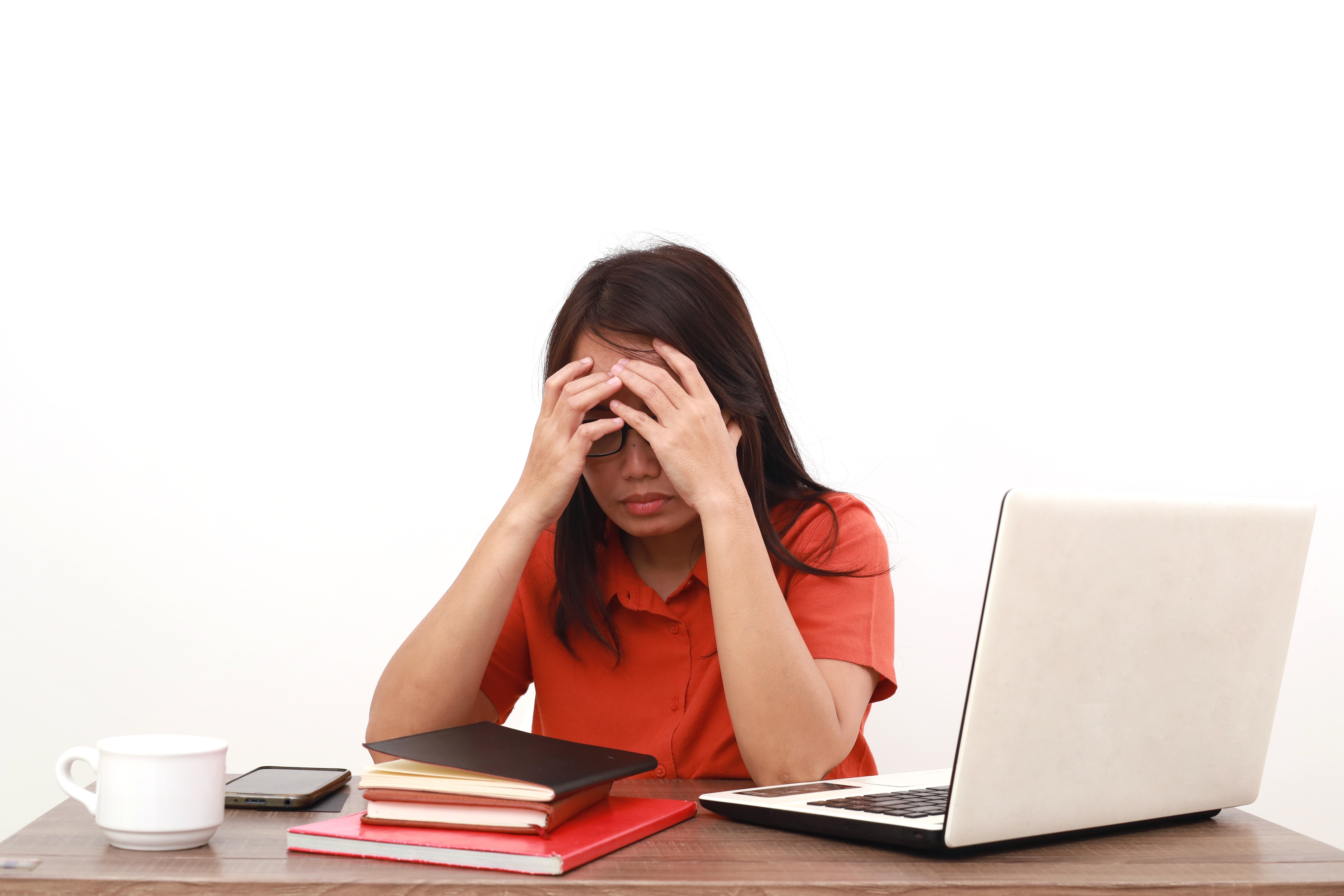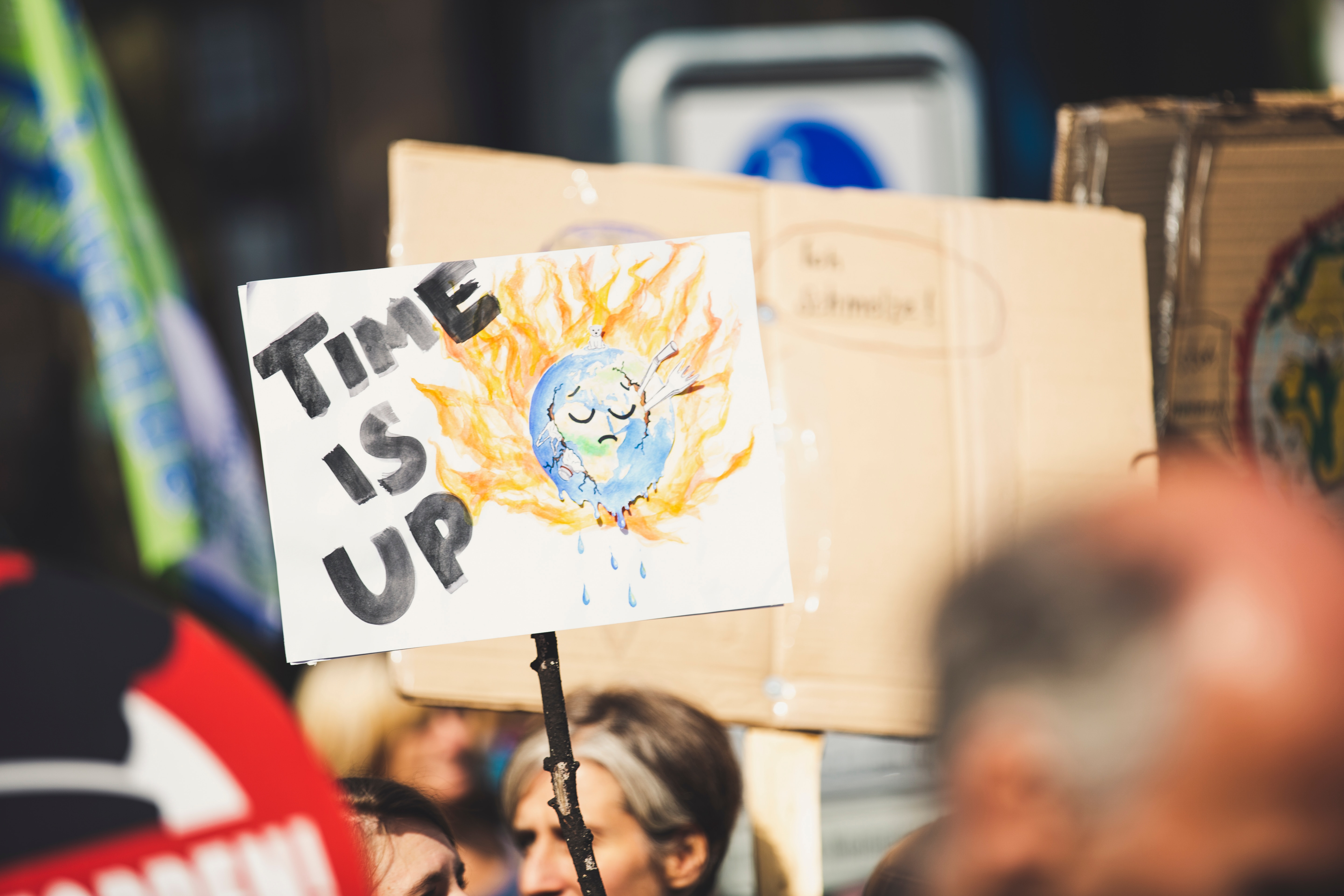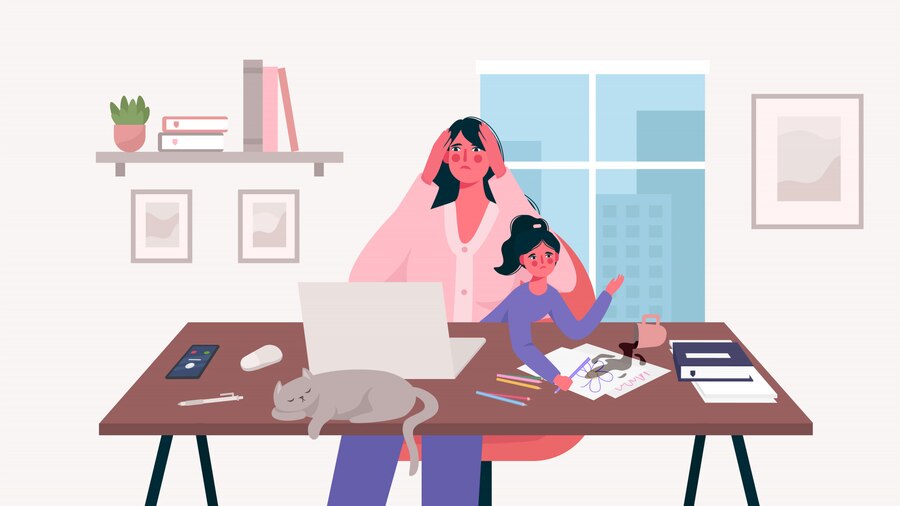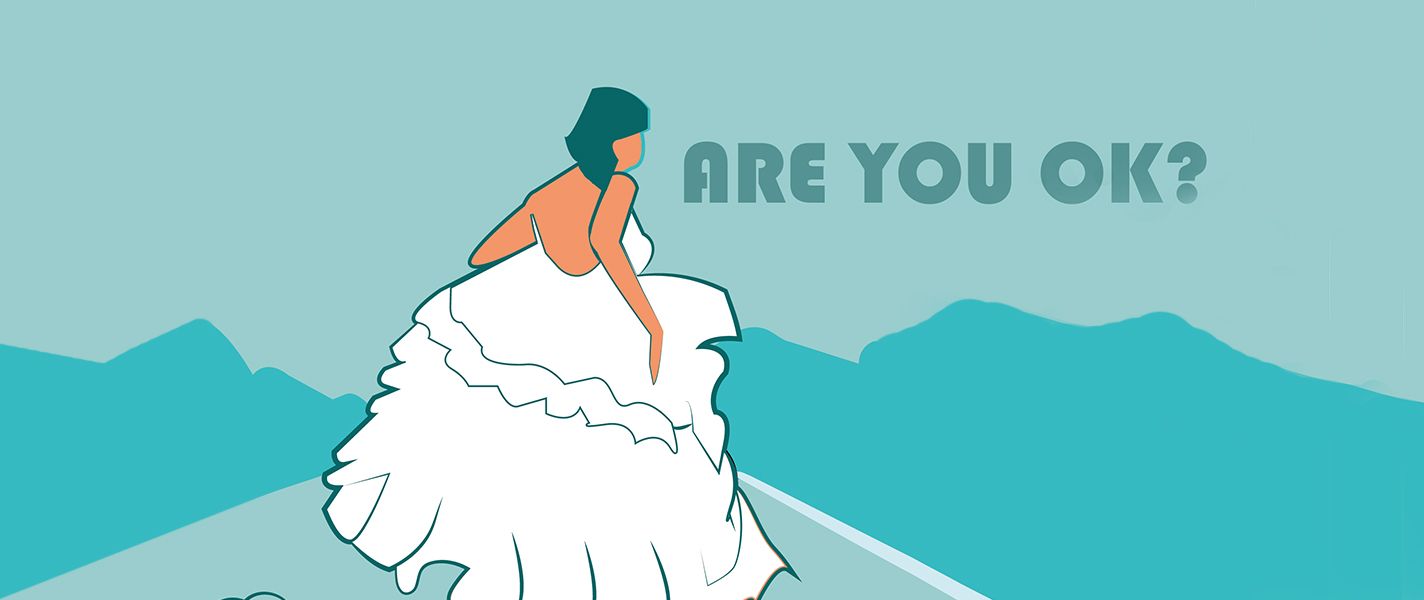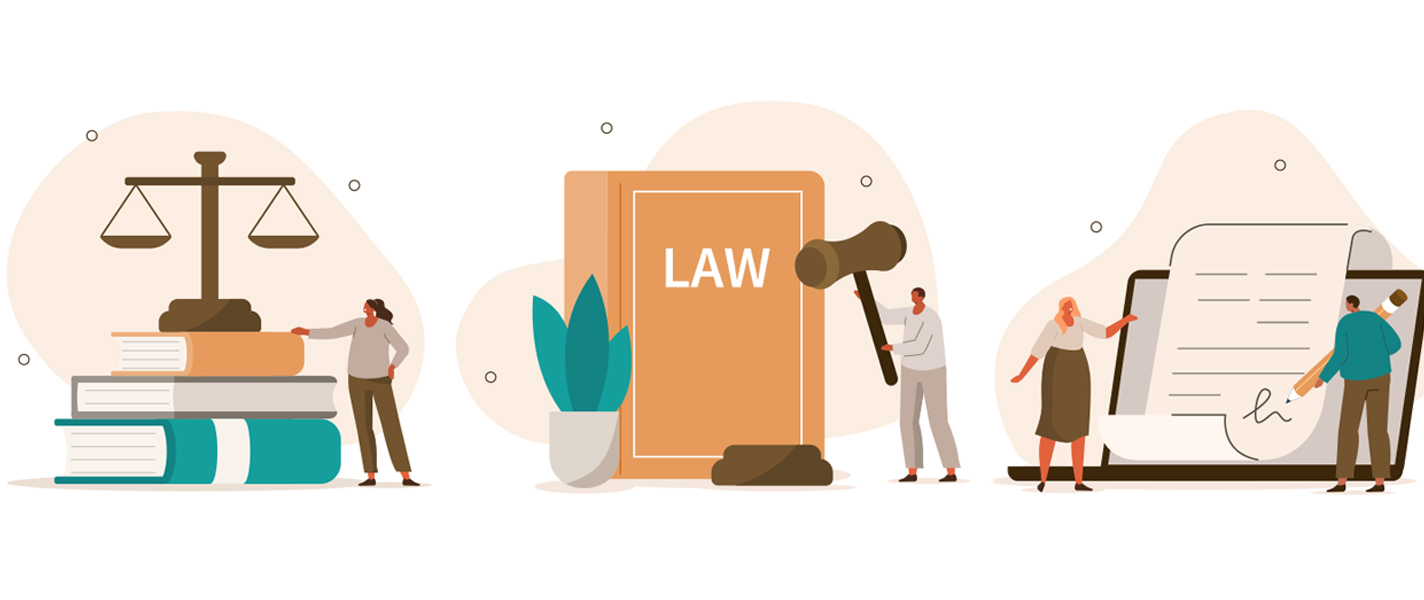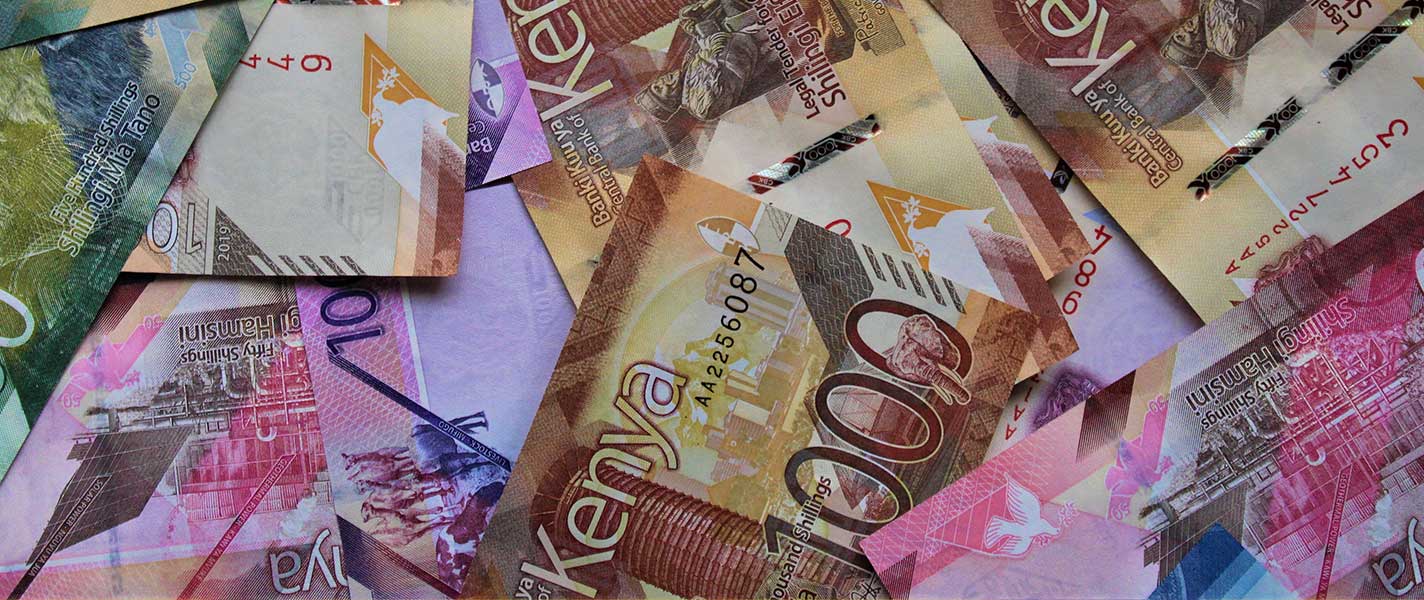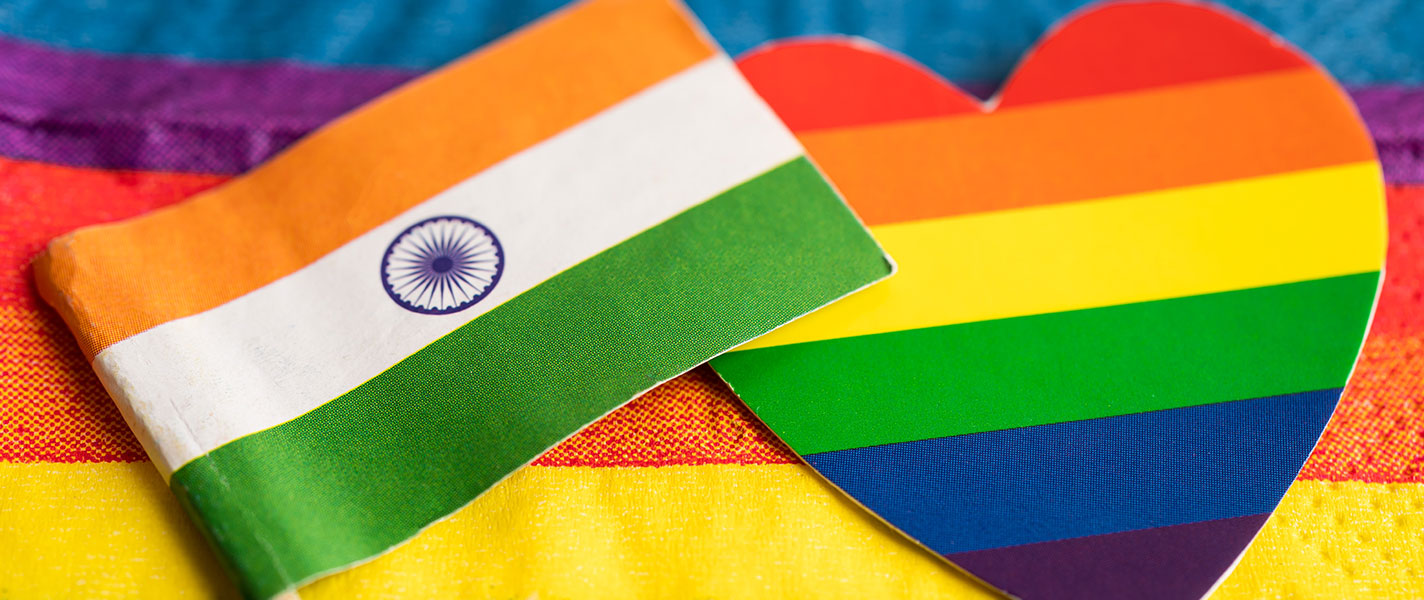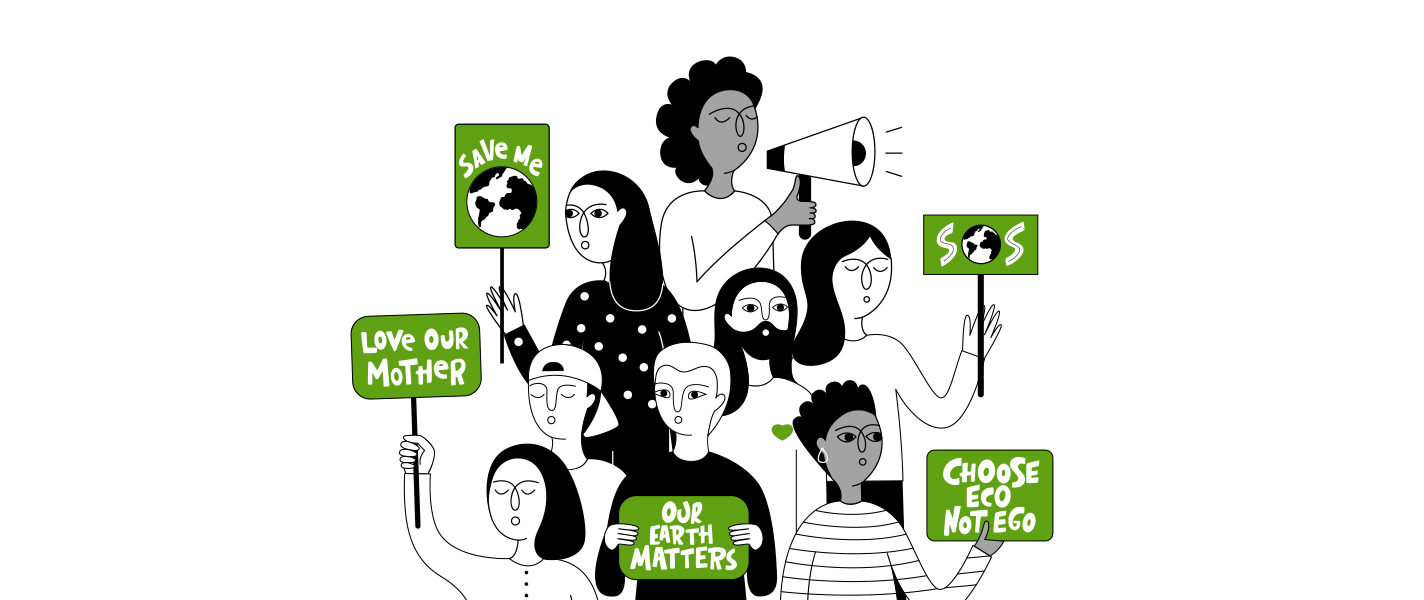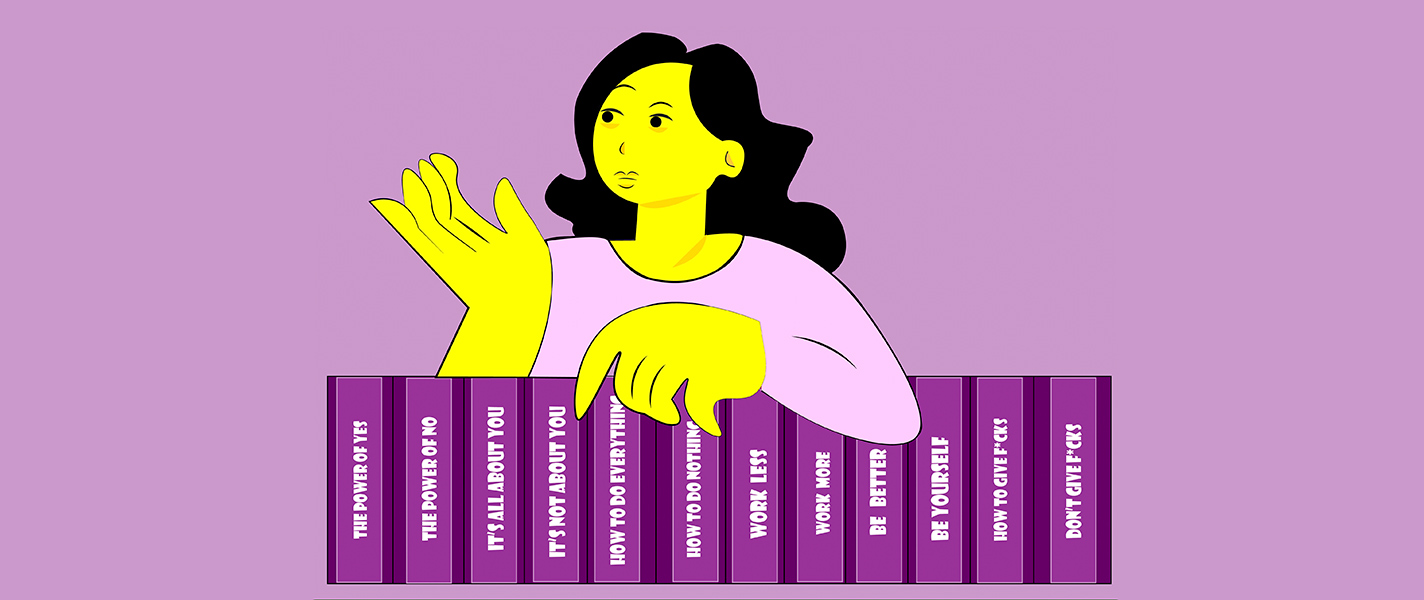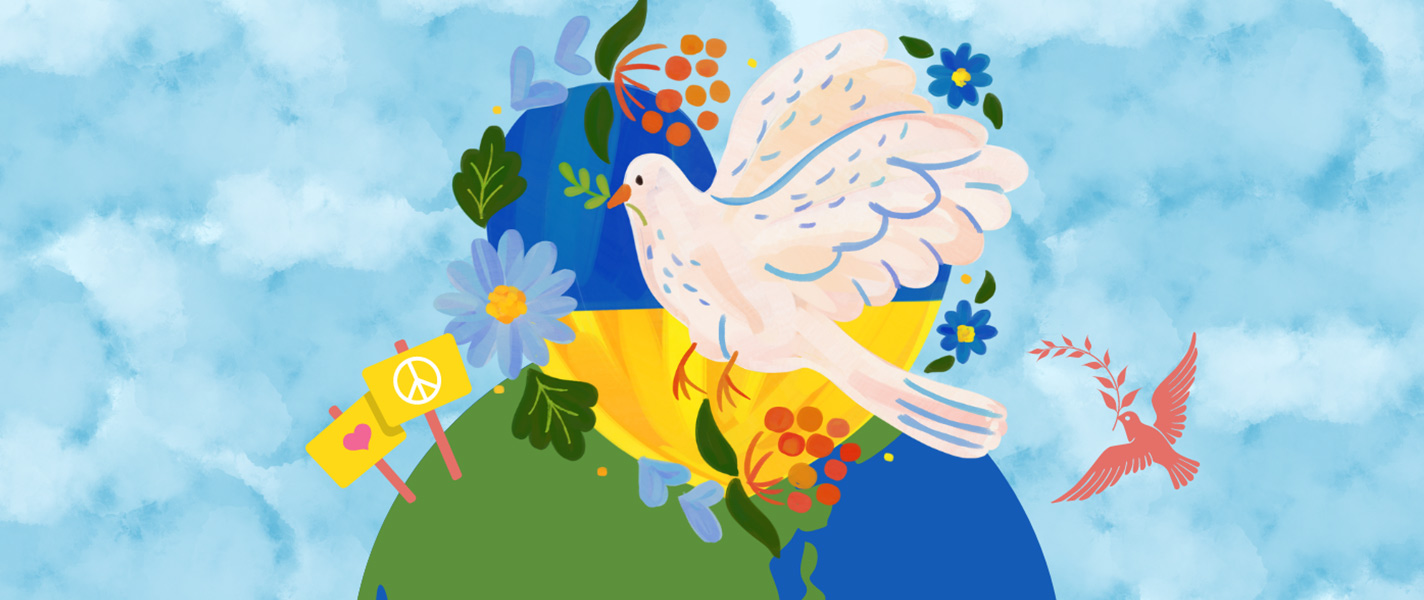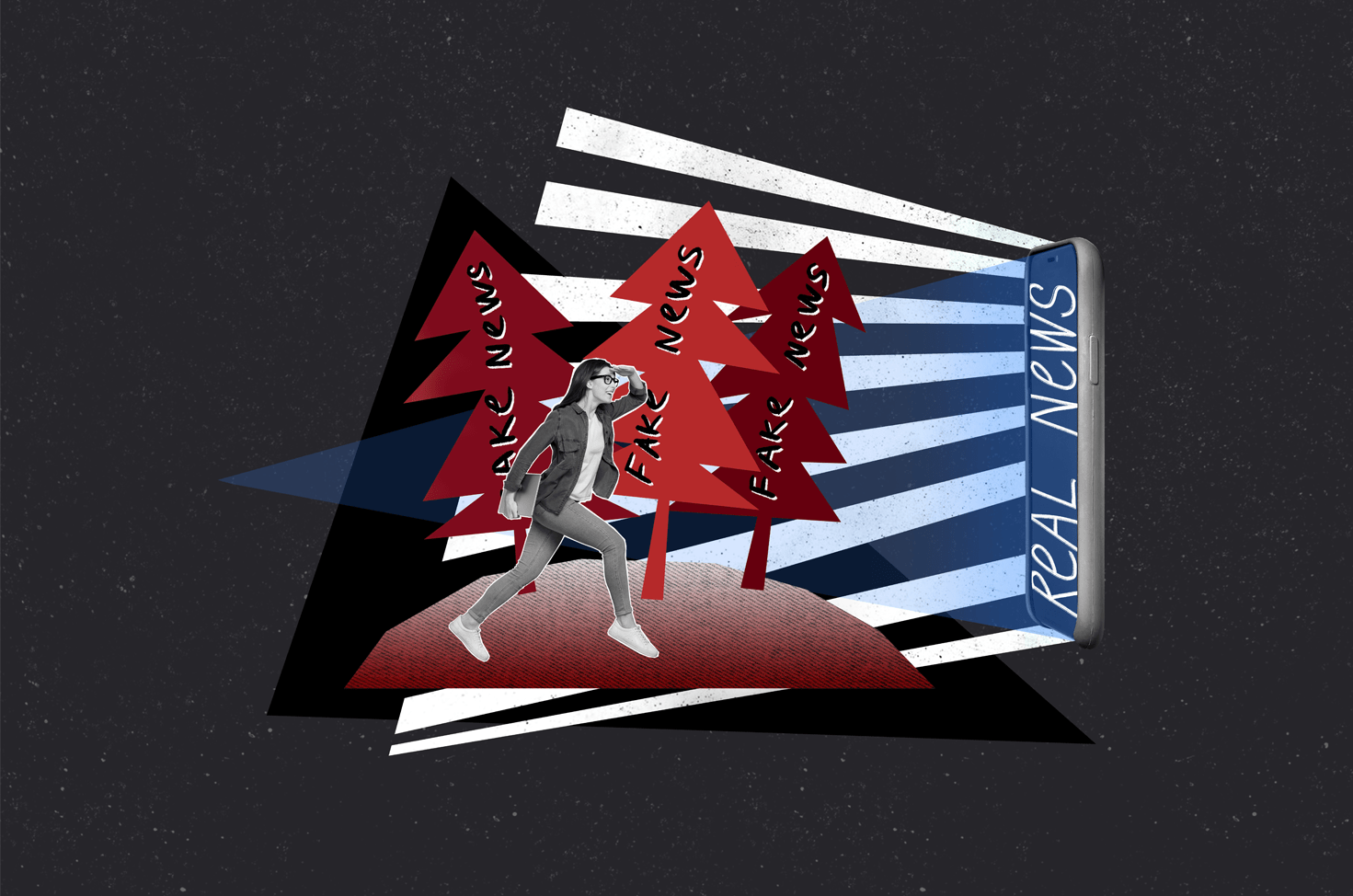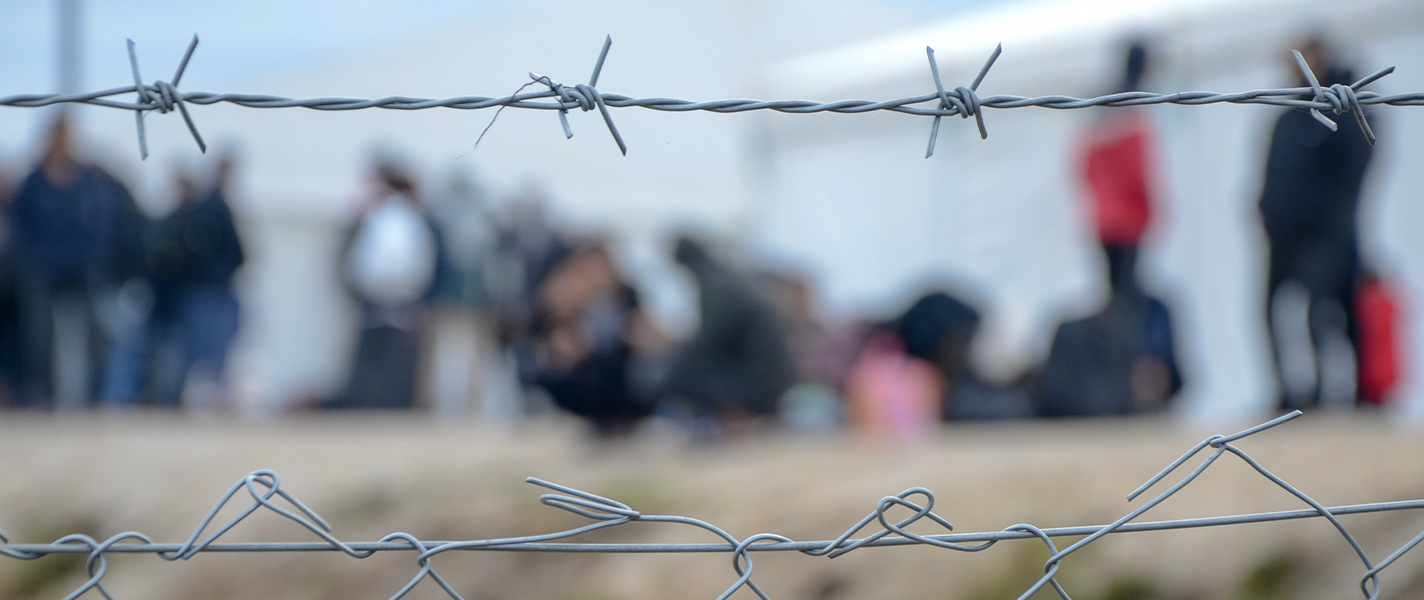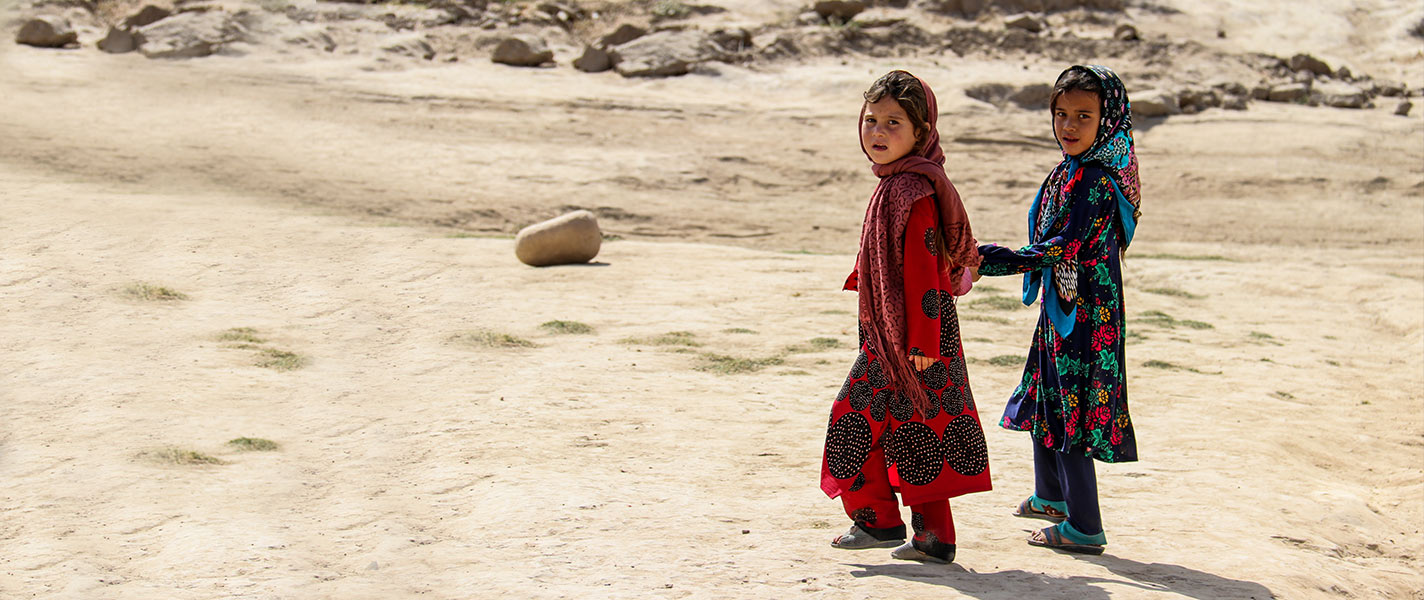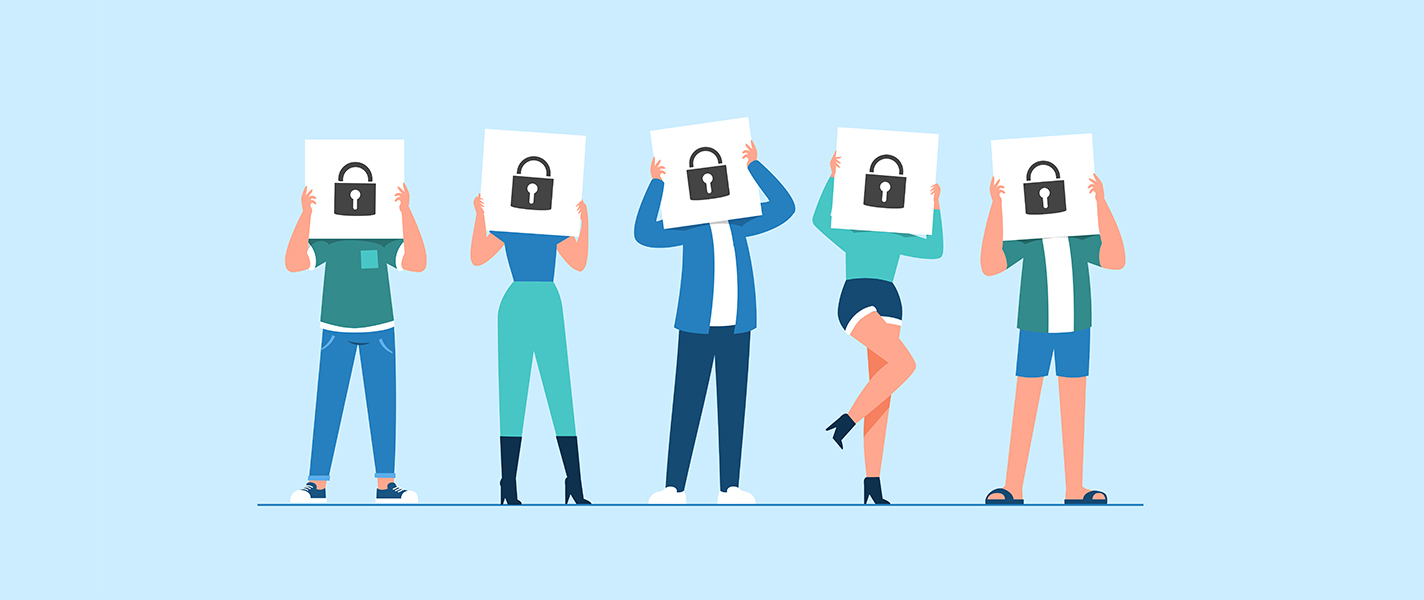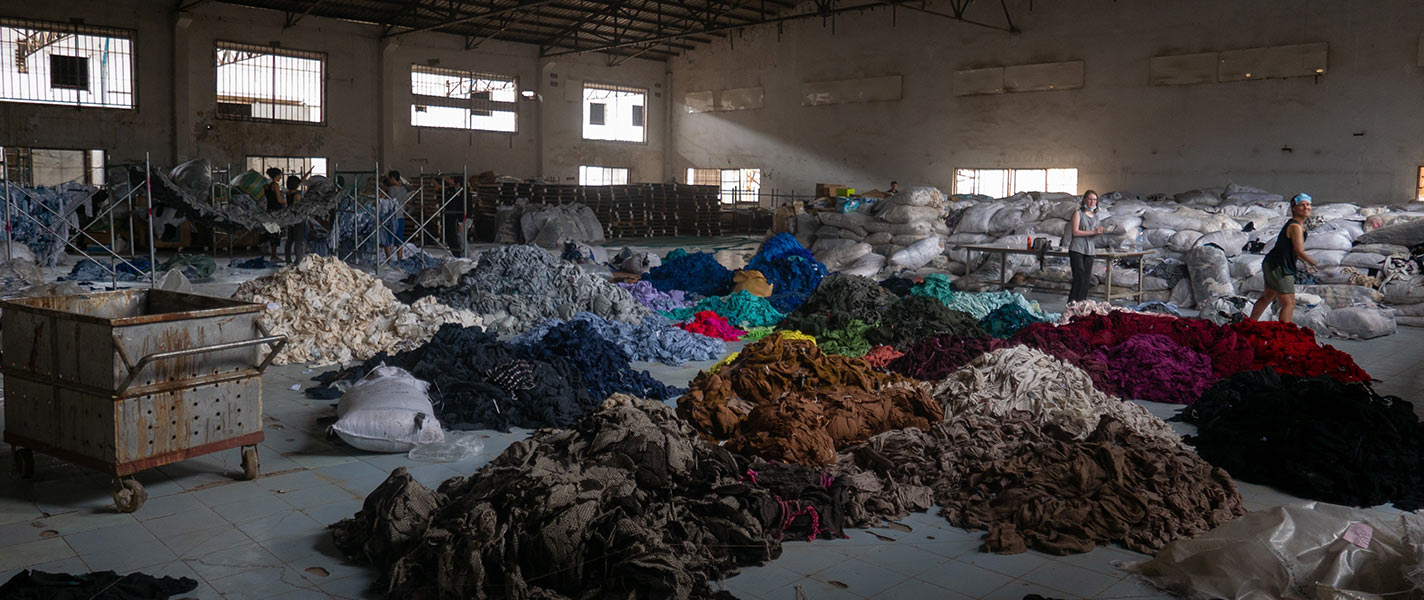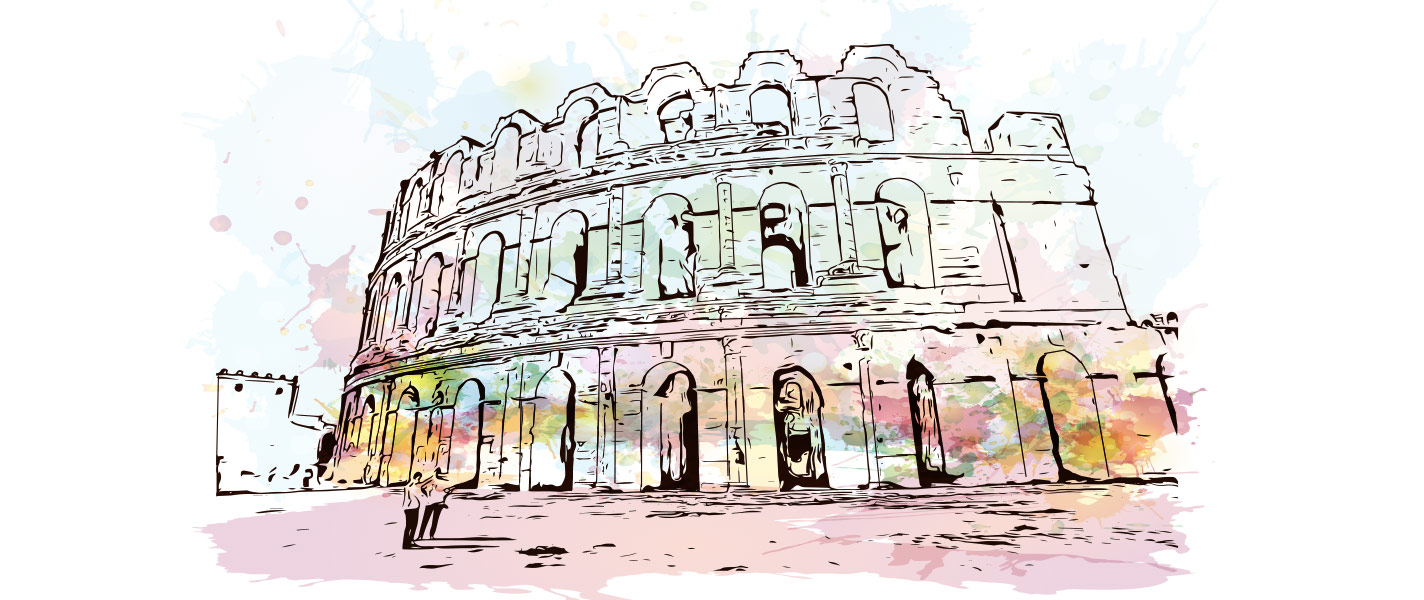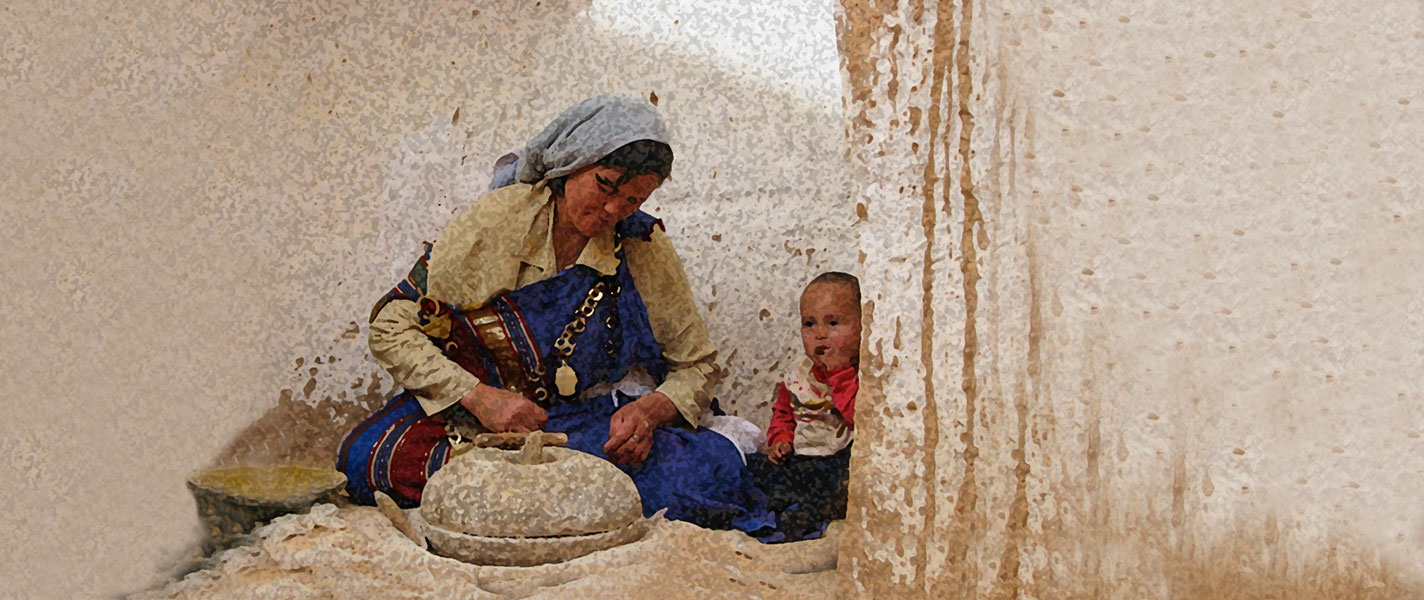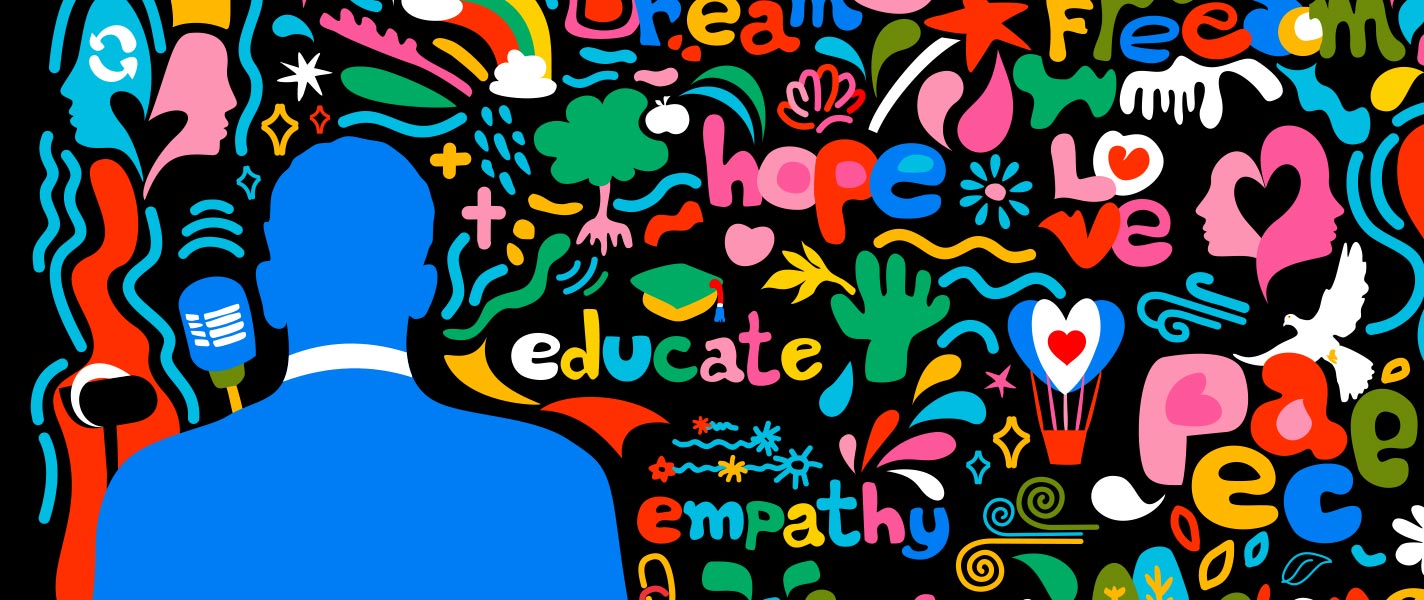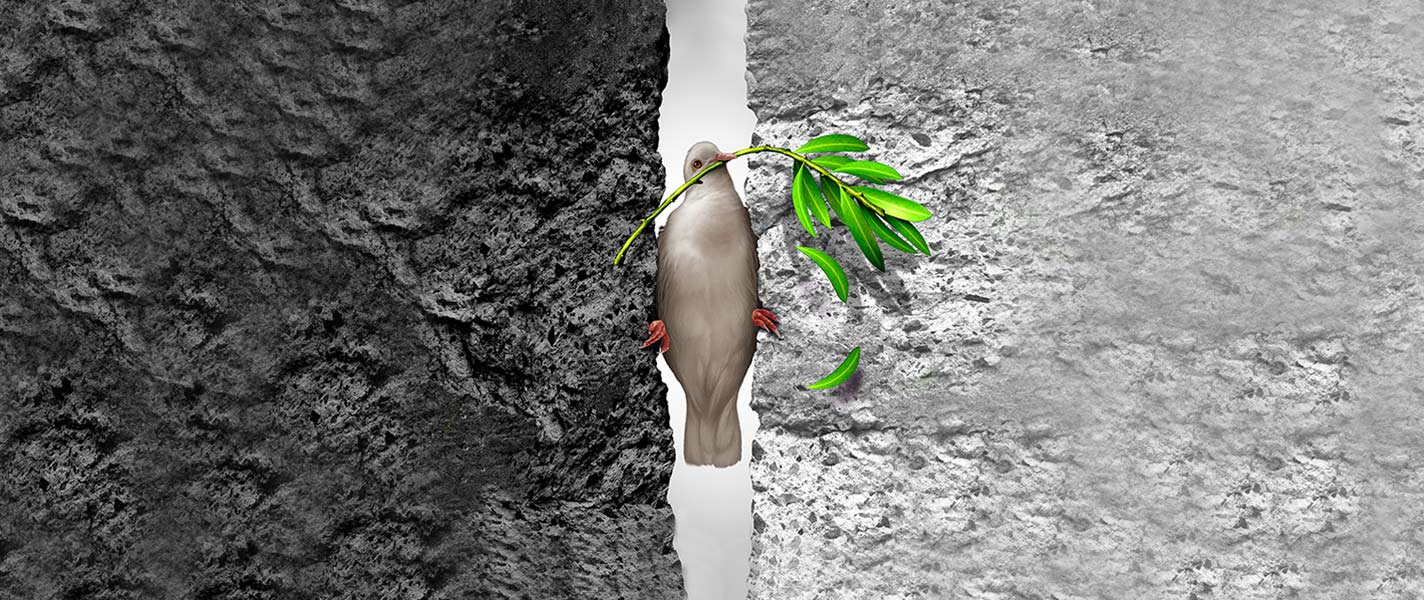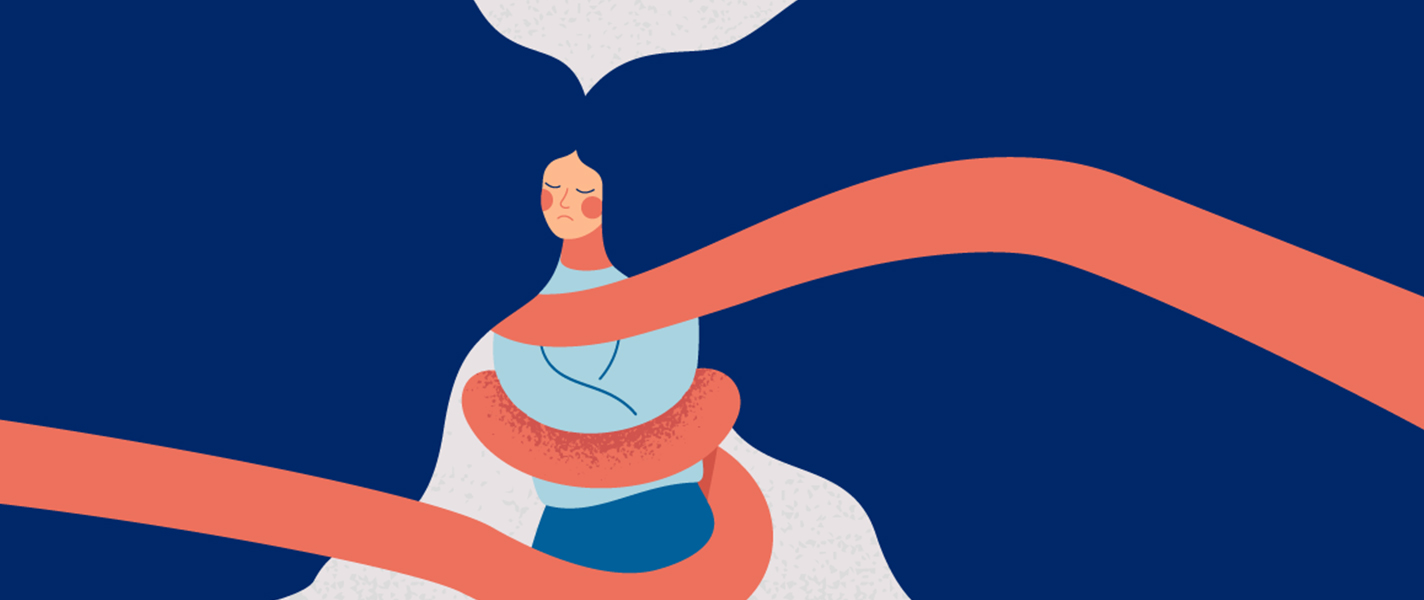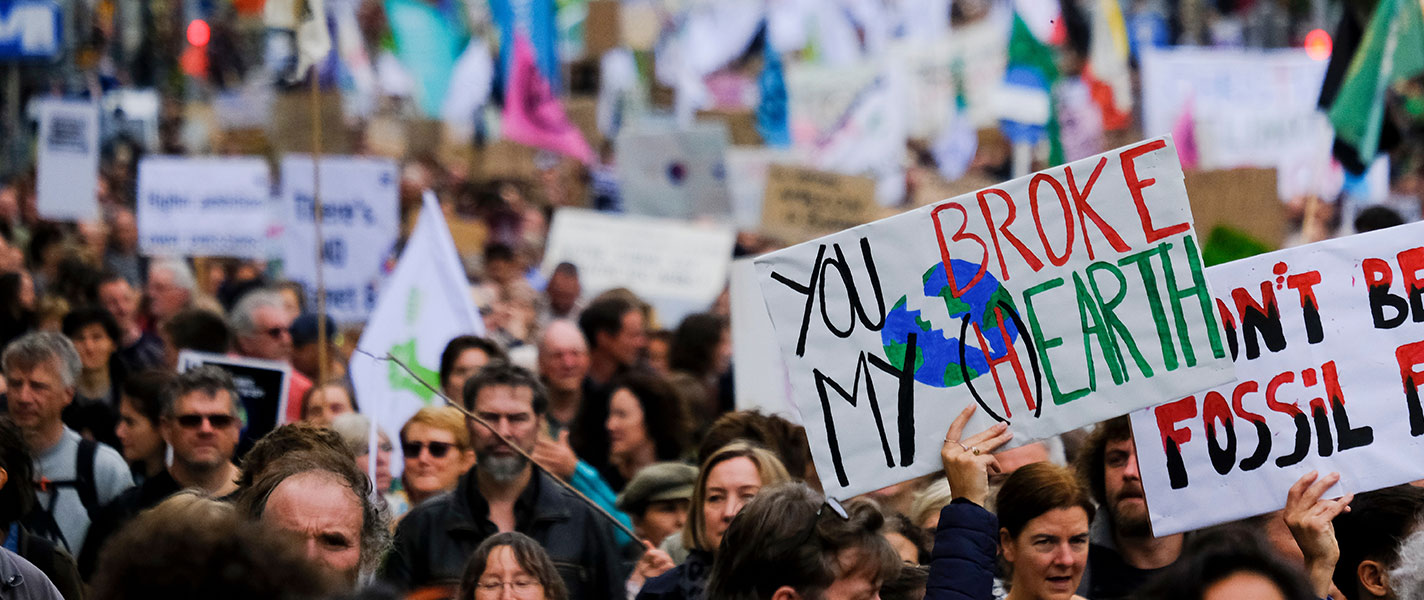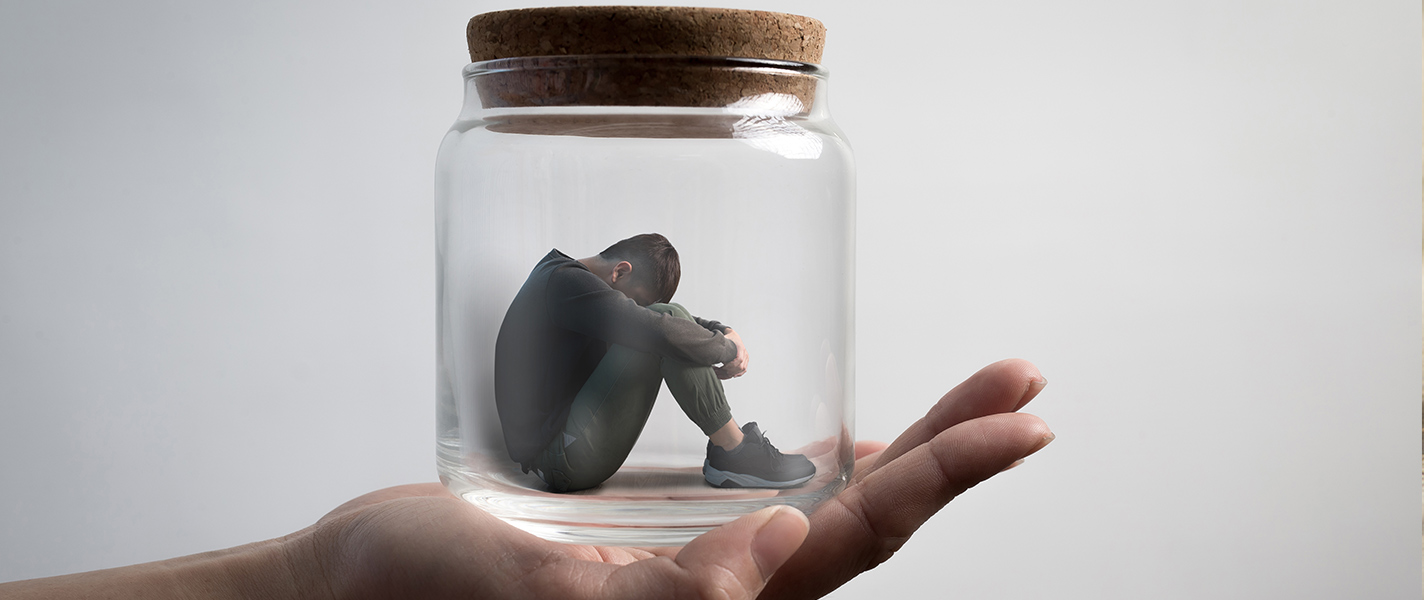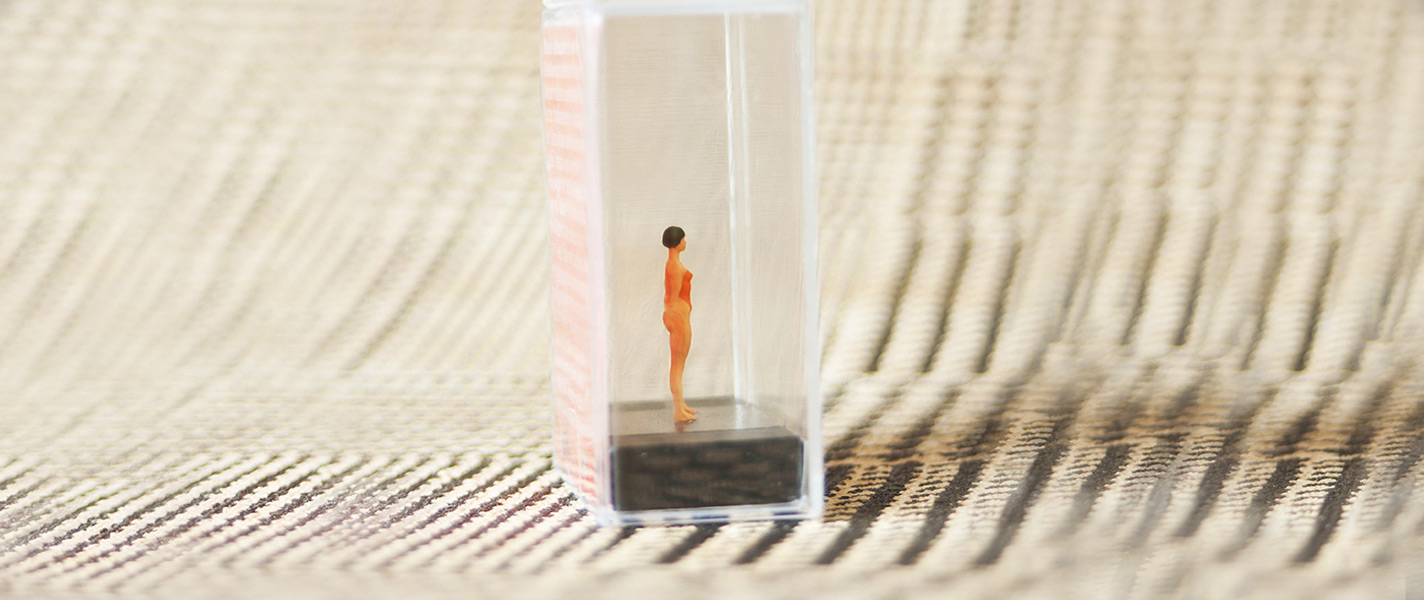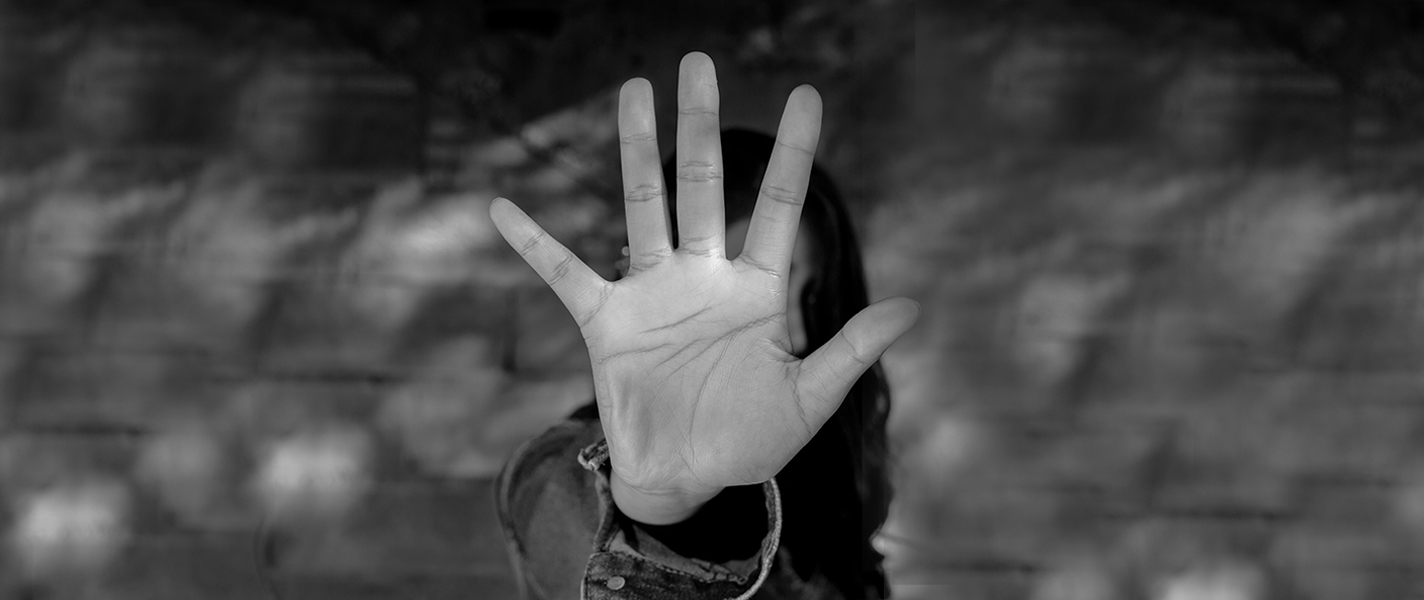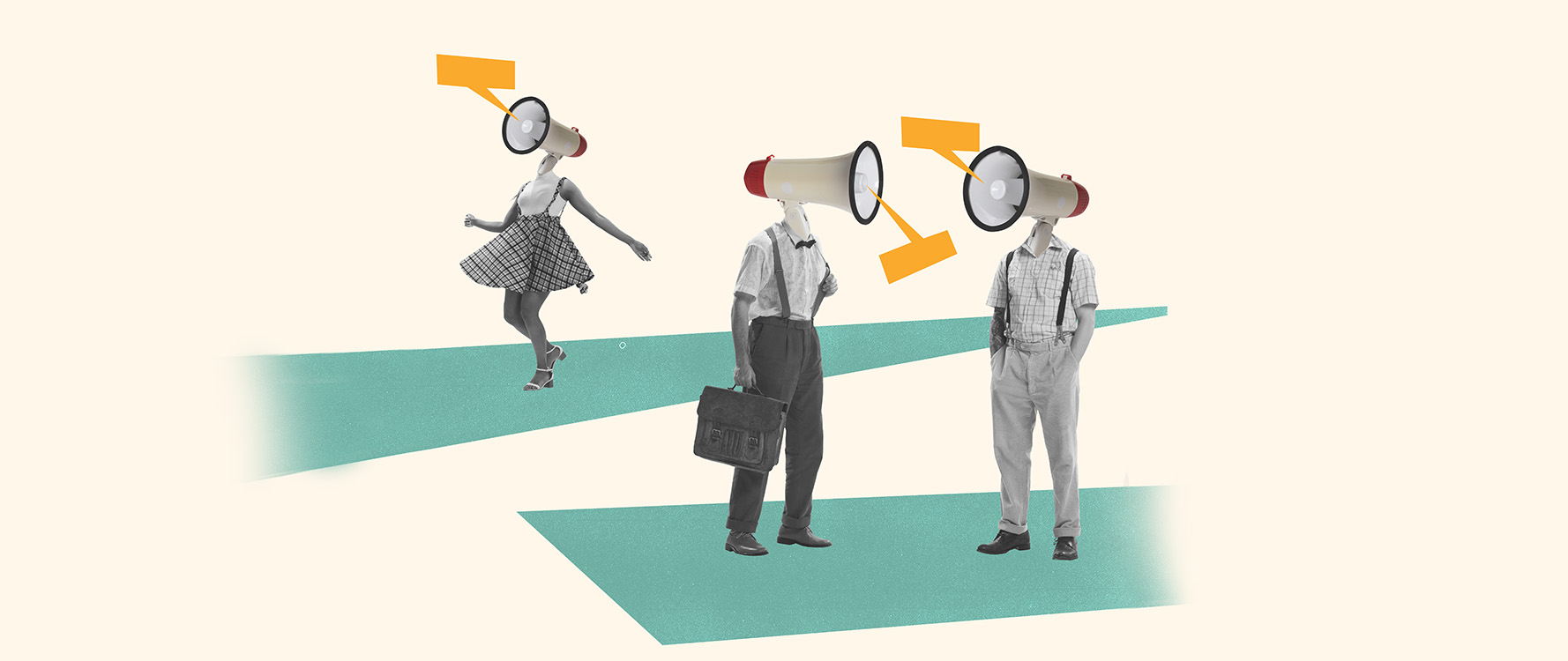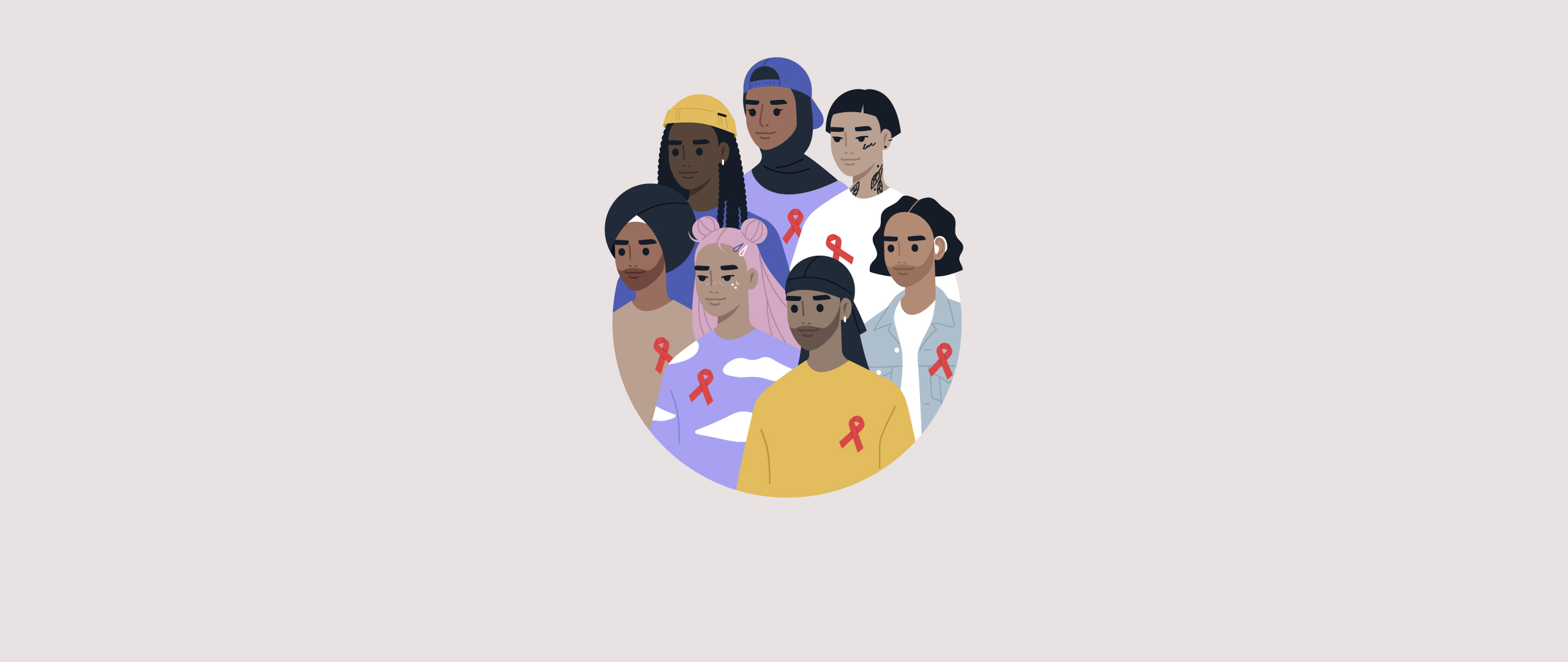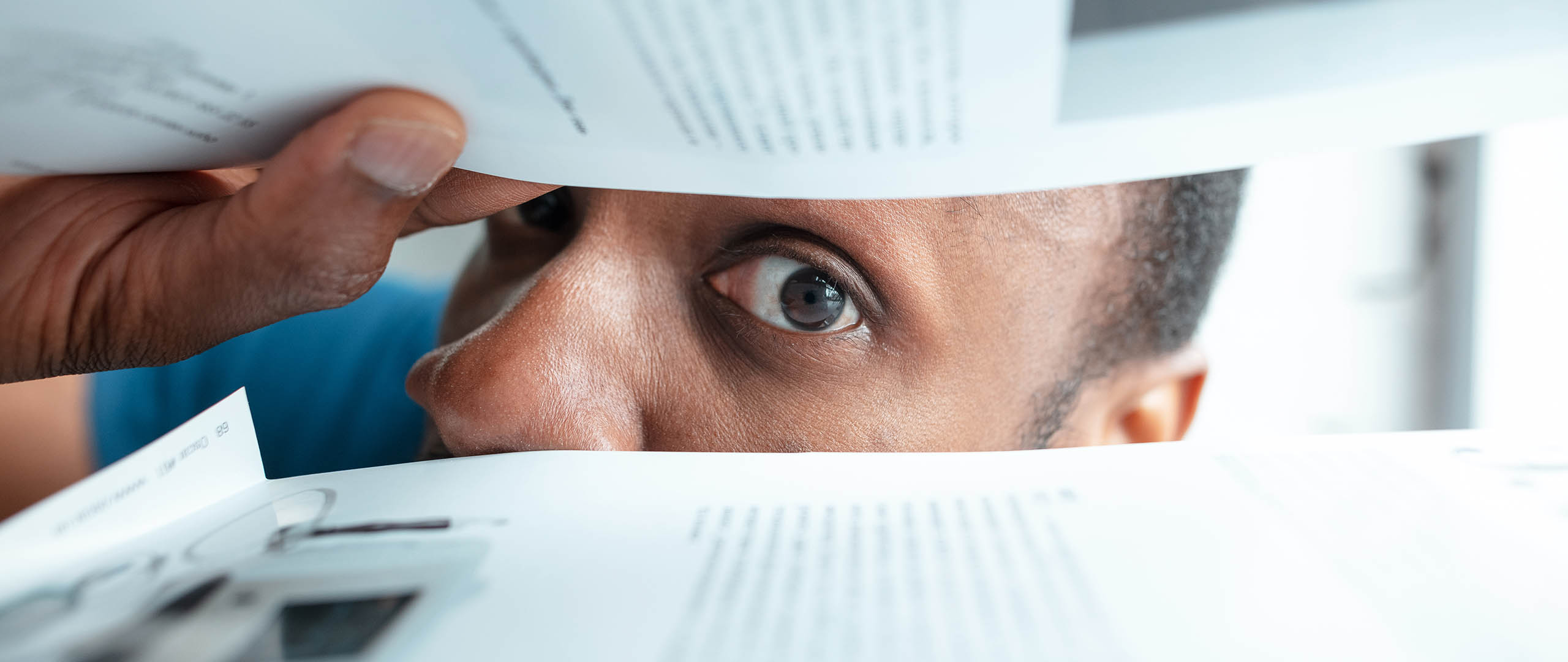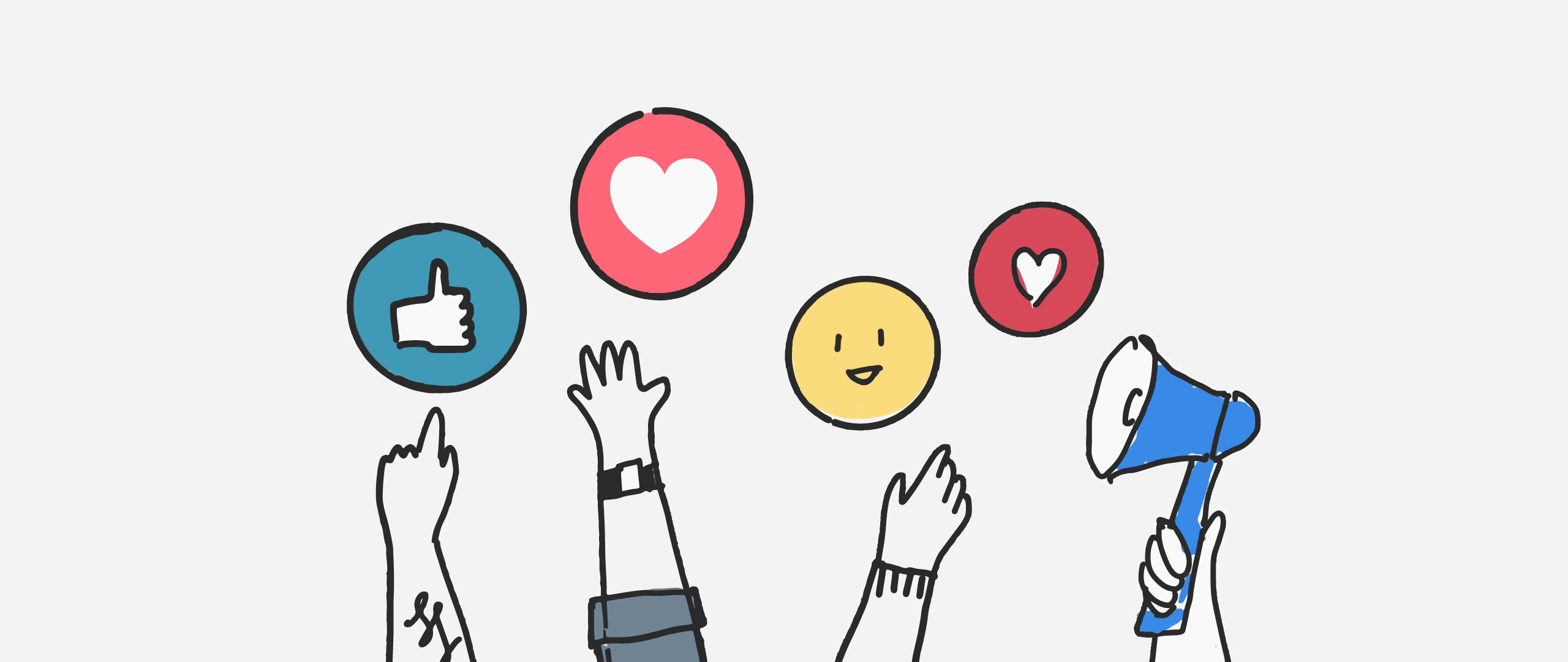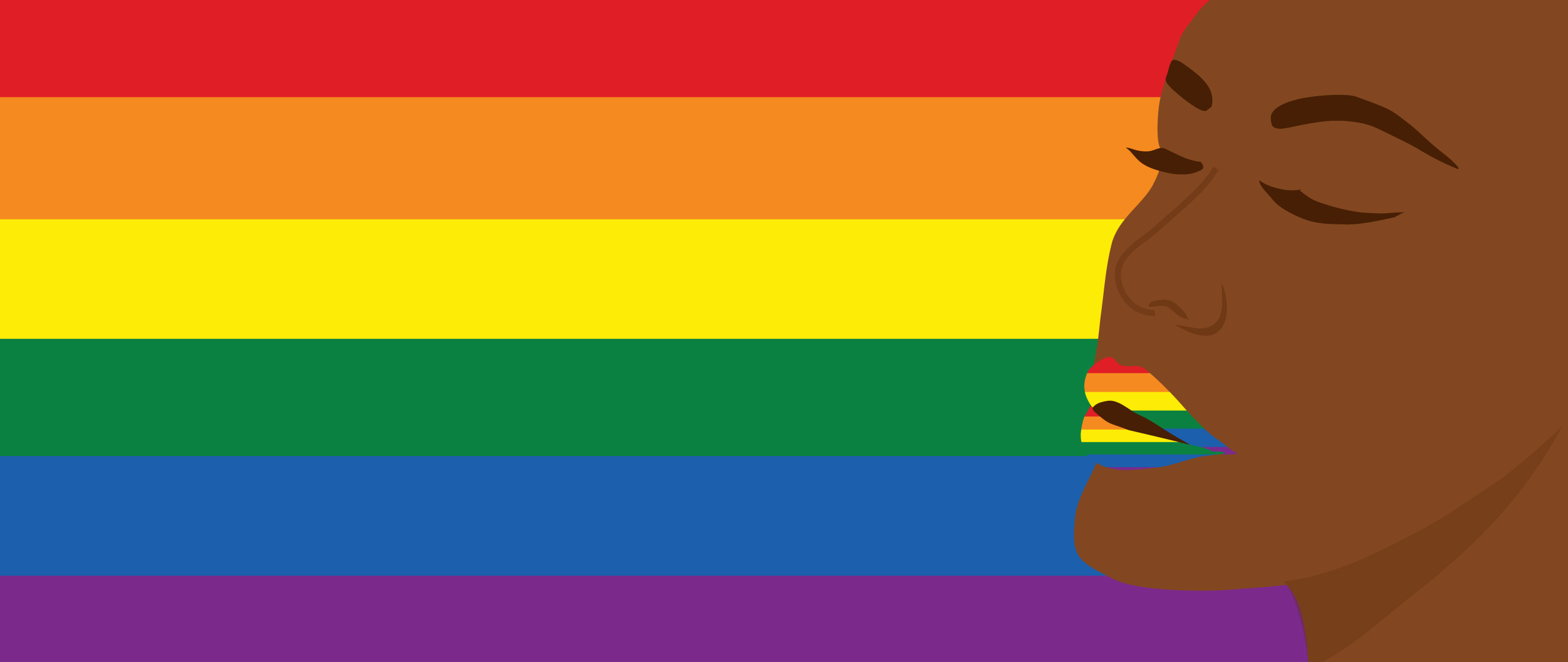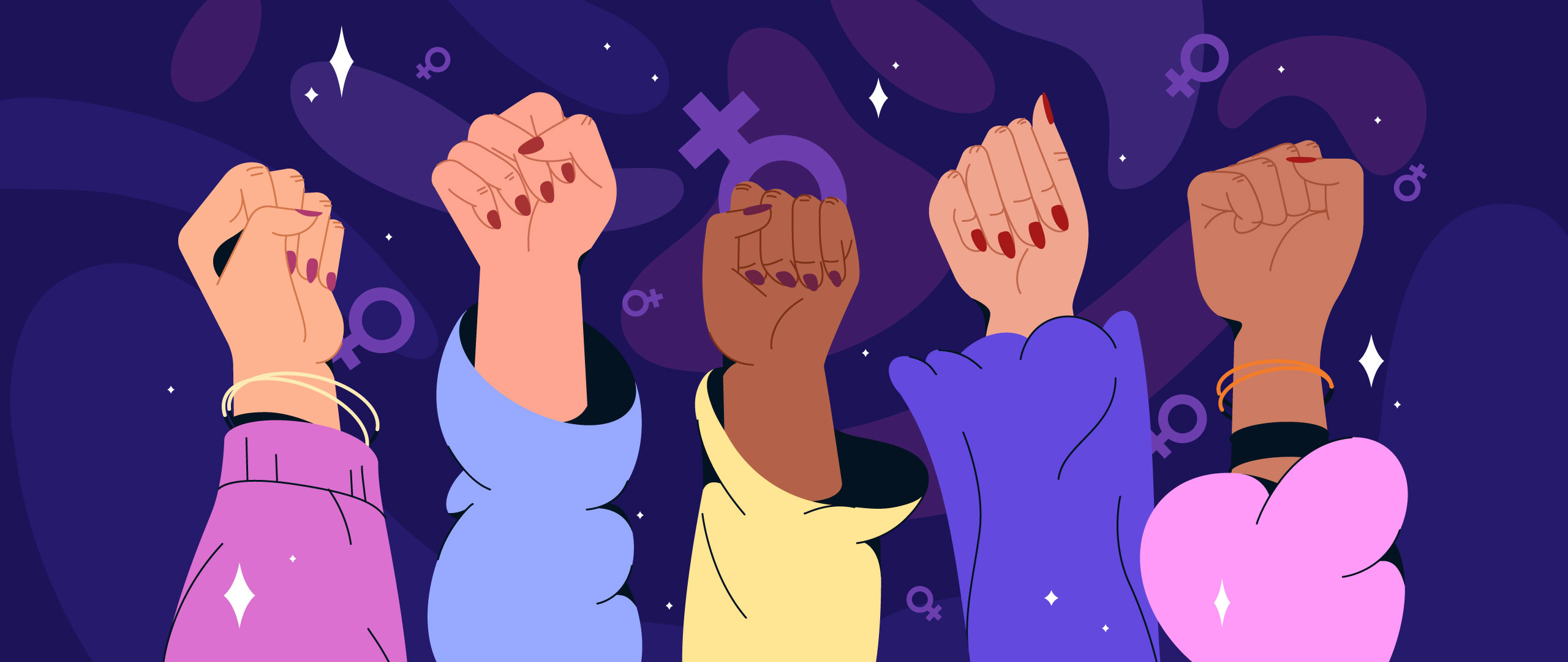Gender Bias Behind Prison Bars
Prisons are distressing settings, especially for LGBTQI+ people and anyone who doesn’t fit the stereotypical gender norms.
LGBTQI+ people experience social, cultural, economic and political discrimination. This discrimination and stigmatization extend to accessing health care, the job market, and even the provision of services.
The intersection of oppression leads to their socioeconomic and political exclusion. This marginalization places LGBTQI+ people at greater risk of arrest and imprisonment. Because of minority stress, transgender people tend to disproportionately enter sex work and overuse drugs. The criminalization of sex work and drug use in most countries impacts the rates of incarceration of transgender persons.
In 2019, 32 countries reported to UNAIDS that they formally criminalize or have prosecuted people because of their gender identity or expression. Several countries still implement punitive laws targeting transgender people.
An Intersection of Oppression
LGBTQI+ people often encounter intersecting forms of discrimination and bias in the criminal justice system. Several studies led by the UNODC, WHO, and UNAIDS report that transgender people in prison settings are denied access to hormone therapy and other gender-affirming healthcare services.
Adding to that, they are harassed and abused by prison and law enforcement personnel. The lack of understanding of gender identities like gender-nonconforming, intersex, and transgender identities by prison staff, health care providers, and law enforcement personnel in correctional institutions and prison settings deepens harassment and discrimination.
Evidence-based research highlights that marginalization and discrimination steer to greater vulnerability and risk of long-term mental and physical health issues, including increased risk of HIV and other STIs. In fact, based on a report shared by UNAIDS on HIV in prisons and closed settings in 2021, the prevalence of HIV/AIDS and other STIs is higher among transgender people in prison.
People in prisons and other closed settings still face barriers to accessing evidence-based HIV prevention, testing, treatment and care. Based on data shared by the UNAIDS in 2020, only 79 out of 189 countries reported HIV testing; 88 countries reported antiretroviral therapy provision; 59 countries reported opioid substitution therapy provision for people who use drugs.
In addition, LGBTQI+ people in prison settings face risks related to housing and classification. In the absence of fixed standards providing guidance for prison staff on risk assessment and appropriate placement of LGBTQI+ inmates, these inmates are often housed based on their genitalia or sex assigned at birth. These groundless decisions put at risk the lives and well-being of LGBTQI+ inmates.
Placement based on biology particularly impacts transgender women placed in men’s facilities. They are more vulnerable to harassment, abuse, rape, and sexual assault. In these situations, corrections officials decide to house LGBTQI+ inmates in administrative segregation or solitary units. These short-term isolation solutions for "safety" purposes impact the mental and physical health of inmates.
A double stigma
LGBTQI+ inmates face punishment and harassment for expressing their gender identities. Transgender and gender non-conforming people often go through more forms of discrimination and ill-treatment. These inmates are repeatedly abused by prison staff and inmates which leads to a high rate of mental health conditions like depression and a higher risk of suicide attempts among LGBTQI+ persons.
This sexual abuse can lead to numerous mental health diseases like post-traumatic stress disorder, depression, and even suicide attempts. It might also lead to substance abuse and other consequences that can take a heavy toll on survivors of sexual abuse behind bars.
LGBTQI+ persons are denied the right to express their gender identity as they are forbidden to have access to gender-appropriate clothing. Certain correctional facilities deny transgender people access to sexual and reproductive health and care, hormone therapy, or other transition-related care.
LGBTQI+ face a double stigma. They are stigmatized for their gender identity and for the mental health issues they acquire because of the marginalization they go through in prisons. The widespread stigmatization of mental health issues and lack of understanding and training on the importance of mental health hinder access to mental health care in prison settings.
Under international human rights law states are legally obliged to safeguard the lives and the human rights of their citizens regardless of their gender and sexual orientation. Therefore, states, prison authorities, and policymakers should take into consideration the needs of LGBTQI+ people and start implementing human rights-based approaches and international standards in prison settings.
All individuals should be capable of enjoying their human rights equally without criminalization or segregation and have access to gender-responsive and gender-affirmative healthcare services, including mental healthcare. Transgender and gender-diverse people should be legally protected from violence and sexual assault without discrimination; even within prison settings and correctional facilities.
The article represents the views of its writer and not that of LEED Initiative.
